 Abraham Lincoln
If given the truth, the people can be depended upon to meet any national crisis...
Abraham Lincoln
If given the truth, the people can be depended upon to meet any national crisis...
 Guildford news...
for Guildford people, brought to you by Guildford reporters - Guildford's own news service
Guildford news...
for Guildford people, brought to you by Guildford reporters - Guildford's own news service
Birdwatcher’s Diary No.209
Published on: 10 Jun, 2020
Updated on: 14 Jun, 2020
By Malcolm Fincham
By the middle of May government regulations in regard to coronavirus had eased a little, at least for the time being. Restrictive rules had been relaxed enough to loosen my shackles. I was now able to travel further afield. Even allowing me to arrange to meet up with my companions, if I wished, as long as we remained six feet apart.
Although having missed out of some of the sightings I would have normally expected to see on migration through the southern counties of the UK, there was still an opportunity of seeing a few that spend their summer in a number of areas within Surrey.
One such place I was at last able to visit was Thursley Common. One of my most favourite areas in Surrey. It was of great delight just to breathe in the heathland air.
I was soon able to add tree pipit to this year’s list of sightings.
I also added a common redstart to my sightings. Counting at least nine there still in song, getting sightings of most of them and even photos of a few of them.
Hobbies were another welcomed sight having also arrived back, and also getting a few pictures of them from the boardwalk by Pudmore Pond.
While the warm sunshine had tempted the common lizards out to bask on the boardwalk.
Most importantly ‘Colin the confiding cuckoo’ had arrived back and was once again performing in the Parish Field.
The cuckoo was again being tempted in by a small group of photographers by feeding it mealworms, laid on the ground along with a collection of “stage props” that had been set up for photographic effect.
I was content to pass him by on this occasion, having taken more than my share of photos of this incredibly tame bird, during what must now be the previous seven years! Maybe more?
In the Parish Field cinnabar moths could now be found. The caterpillar of this daytime-flying species feed on ragwort. This makes them indigestible to many birds, apart from the cuckoo.
I also counted at least eight woodlarks feeding in the field.
Back out on the heathland, Dartford warblers could still be heard singing. And the sound of a pair of curlews calling in flight, having also made their annual return, was most certainly a sound I had missed hearing since lockdown had begun.
A visit to Chiddingfold Forest, allowed me the opportunity to see wood whites. A rare species of butterfly only seen at a few locations in the UK. They were in good number this year, counting at least eighty during my walk through the forest.
A few nightingales could still be heard singing, though by now very camera shy.
After some patience, I was able to catch a photo of one of the garden warblers I had heard still singing there.
I also caught my first sighting of what appeared to be a pair of spotted flycatchers.
Even a cuckoo could be heard calling for a brief spell, glimpsing a brief view of it as it flew past.
Adding to the day-list of flying insects, were a few broad bodied chaser dragonflies.
Also, what looked to be a drab wood-soldier fly that grabbed my attention.
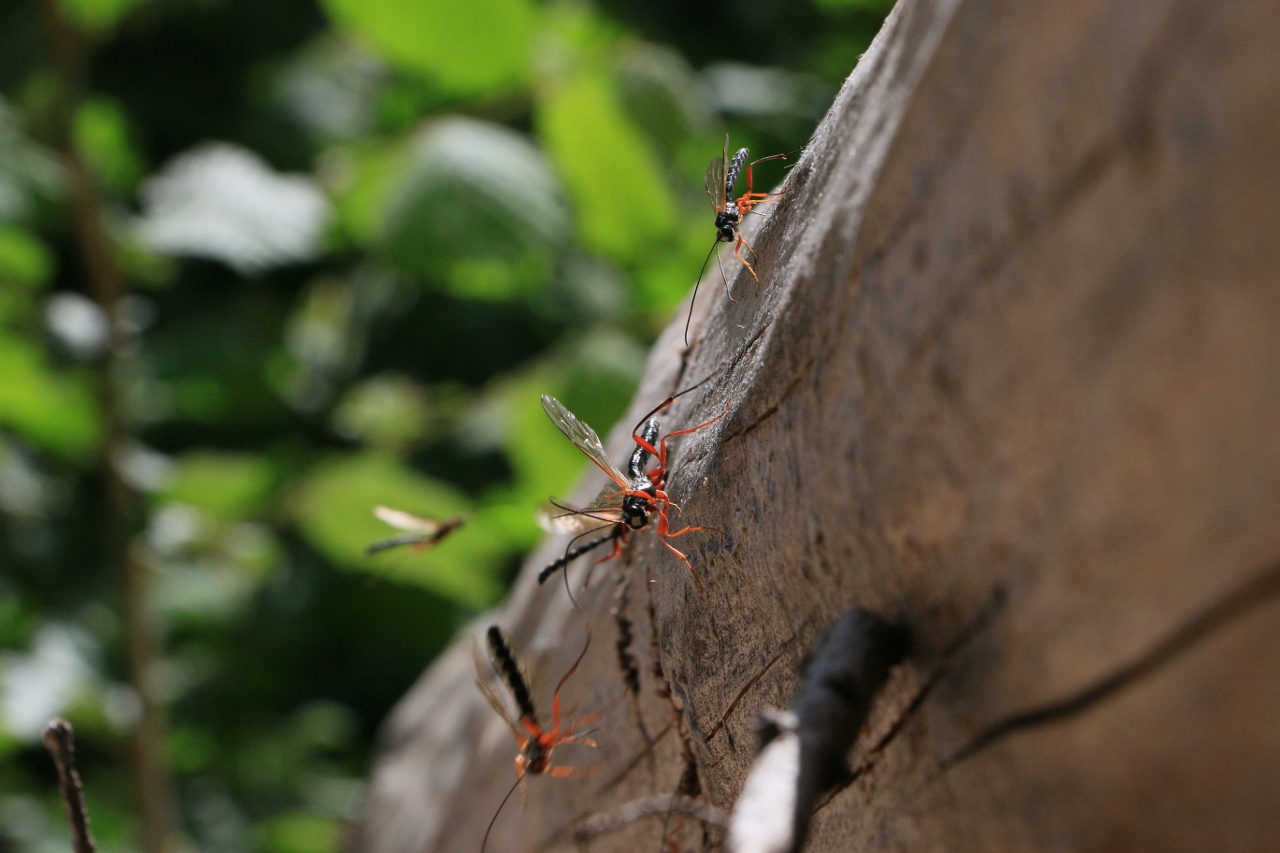
Ichneumon wasps are the largest family of any of the animals, with some 60,000 to 100,000 species worldwide.
On one of the log piles, at the side of the track, as seen there last year, were a small group of ichneumon wasps.
Speckled yellow, another day-flying moth were plentiful once again.
A visit to Clandon Burial Ground allowed me to see my first common blue butterfly of the year.
Also my first brown argus butterfly, although now coming to the end of its first brood of the year.
A kestrel could be viewed, perched up as if on sentry duty, by its nest box. It was apparently guarding a healthy brood of five young.
Continuing my journey along the Epsom road, I headed out to Denbies Hillside / Ranmore Common, near Dorking.
Probably the best place in Surrey to see adonis blue butterflies along the south-facing slopes of the North Downs, in Surrey. Although they now coming to the end of their first brood of the year.
The female adonis blue, still looking in reasonable condition, had missing spots on the hind wing. I have been informed. “It is a named, aberrant variety of the species. (Ab. krodeli)”
Five-spot burnets, another type of day flying moth, could also be found there.
I also managed to find my first large skipper butterfly of the year.
A yellowhammer could be heard singing in a large yew tree, though to excuse the pun, I wasn’t able to “nail it down”.
Locally, red kites are certainly making a come back in decent numbers. As well as the one I had recently befriended in Worplesdon.
Nine were seen recently by a work colleague of mine. Several of which were perched up in the village of Puttenham, near Guildford.
Whereas, a count of 32 was made near Papercourt water meadow, as a local farmer began to plough his field.
At the Riverside Nature Reserve near Burpham another tern raft had been set up on the lake since my previous visit.
Unfortunately, the area isn’t “policed” very well. As not for the first time since lockdown had been relaxed, a small group of people could be seen rowing across the lake, disrupting the wildlife, on what is supposed to be a nature reserve.
This, unfortunately, may be behind the reason why the great crested grebes appear to have not nested this year.
A flock of Canada geese flew in, settling on the water at Stoke Lake, but stayed well away from the human activities.
Reed warblers could still be heard singing around the lakeside, though even less easy to spot as they flitted through the thickly forming reed beds.
Predatory jays, watched with their keen eyes around the reserve for nests to rob. A kestrel perched on one of the pylons, enjoying its panoramic views.
While on a quiet part of the reserve, just across the River Wey, a fox could regularly be seen, skulking through the undergrowth.
Green woodpeckers remained active, although ever elusive. Their yaffling sound giving themselves away. Although always awkward to photograph in their undulating flight.
It had already become the time of the year for a few new species of butterflies to emerge.
As most years, a small tortoiseshell could be found resting in the late afternoon sunshine among the nettles and bramble blossom by the gates at Stoke Lock.
I also managed to squeeze in a couple of evening trips to Whitmoor Common, determined to continue to making hay while the sun continued to shine.
An evening visit on May 27 heard the sound of at least two willow warblers singing.
The sound of a young great spotted woodpecker could be heard demanding to be fed by its parents. Following the sound, led me to a hole in a tree made by an adult.
Looking to the hole, about 15 feet up the tree, my eyes connected with a small face and beak protruding from the opening.
I watched from a comfortable distance for the adult to return with food for its young.
A blackbird perched proudly, posing and singing his last song of the day.
My main interest that evening was in the hope of seeing a nightjar and I didn’t leave disappointed. The evening light had faded beyond my attempts of getting decent photos by the time their “churring” had begun.
It wasn’t too long however before the sightings began. Although my photos were limited to silhouettes, it was as always a worthwhile experience.
A bonus to the evening sightings was the sight of a roving woodcock flying over.
May 30 was a sad one for me. News of a fire was being reported on Thursley Common. It was now the middle of the breeding season and having recently visited there, my heart was going out to all those unfledged birds, as well as the slower moving mammals and reptiles.
The last day of May, as the sun continued to shine, a visit to Sheepleas, between West and East Horsley, was on the menu.
Marsh tits could be constantly heard calling in the wooded areas.
My first sighting of a dark-green fritillary butterfly was a welcome though a surprisingly early entry to this year’s sightings.
A few meadow browns were also a welcome addition to this year’s sightings.
Although I had the fortune of seeing a grizzled skipper butterfly just a few weeks back, I also had my first opportunity of photographing one.
Responses to Birdwatcher’s Diary No.209
Leave a Comment Cancel replyPlease see our comments policy. All comments are moderated and may take time to appear. Full names, or at least initial and surname, must be given.
Recent Articles
- Stage Dragon: Murder on the Orient Express – Yvonne Arnaud Theatre
- Letter: GBC Improvement Work Was Hampered By Its Culture
- Letter: Half and Half is the Solution for Clandon House
- Camberley’s House of Fraser To Be Left Mothballed
- HRA Report Shows Overspend and Possible Fraud Occurred Despite Many Warnings
- Letter: Those in Elected Office Should Refrain from Deliberately Misleading the Public
- Cup Run Ends After City Fade in Second Half
- Press Regulator Condemns Behaviour of News Group Newspapers
- MP Says Raw Sewage Flooding Gardens Is ‘Absolutely Disgusting’ – ‘Thames Water Must Stop It’
- Opinion: We Should Restore Clandon House


Recent Comments
- Jim Allen on Letter: GBC Improvement Work Was Hampered By Its Culture
- Jules Cranwell on HRA Report Shows Overspend and Possible Fraud Occurred Despite Many Warnings
- George Potter on HRA Report Shows Overspend and Possible Fraud Occurred Despite Many Warnings
- Richard Benson on Letter: Those in Elected Office Should Refrain from Deliberately Misleading the Public
- Valerie Thompson on Opinion: We Should Restore Clandon House
- Frank Ayling on Where Is This? No.221
Search in Site
Media Gallery
Dragon Interview: Local Artist Leaves Her Mark At One of England’s Most Historic Buildings
January 21, 2023 / No Comment / Read MoreDragon Interview: Lib Dem Planning Chair: ‘Current Policy Doesn’t Work for Local People’
January 19, 2023 / No Comment / Read MoreA3 Tunnel in Guildford ‘Necessary’ for New Homes, Says Guildford’s MP
January 10, 2023 / No Comment / Read More‘Madness’ for London Road Scheme to Go Ahead Against ‘Huge Opposition’, Says SCC Leader
January 6, 2023 / No Comment / Read MoreCouncillor’s Son Starts Campaign for More Consultation on North Street Plan
December 30, 2022 / No Comment / Read MoreCounty Council Climbs Down Over London Road Works – Further ‘Engagement’ Period Announced
December 14, 2022 / No Comment / Read MoreDragon Interview: GBC Reaction to the Government’s Expected Decision to Relax Housing Targets
December 7, 2022 / No Comment / Read MoreHow Can Our Town Centre Businesses Recover? Watch the Shop Front Debate
May 18, 2020 / No Comment / Read More



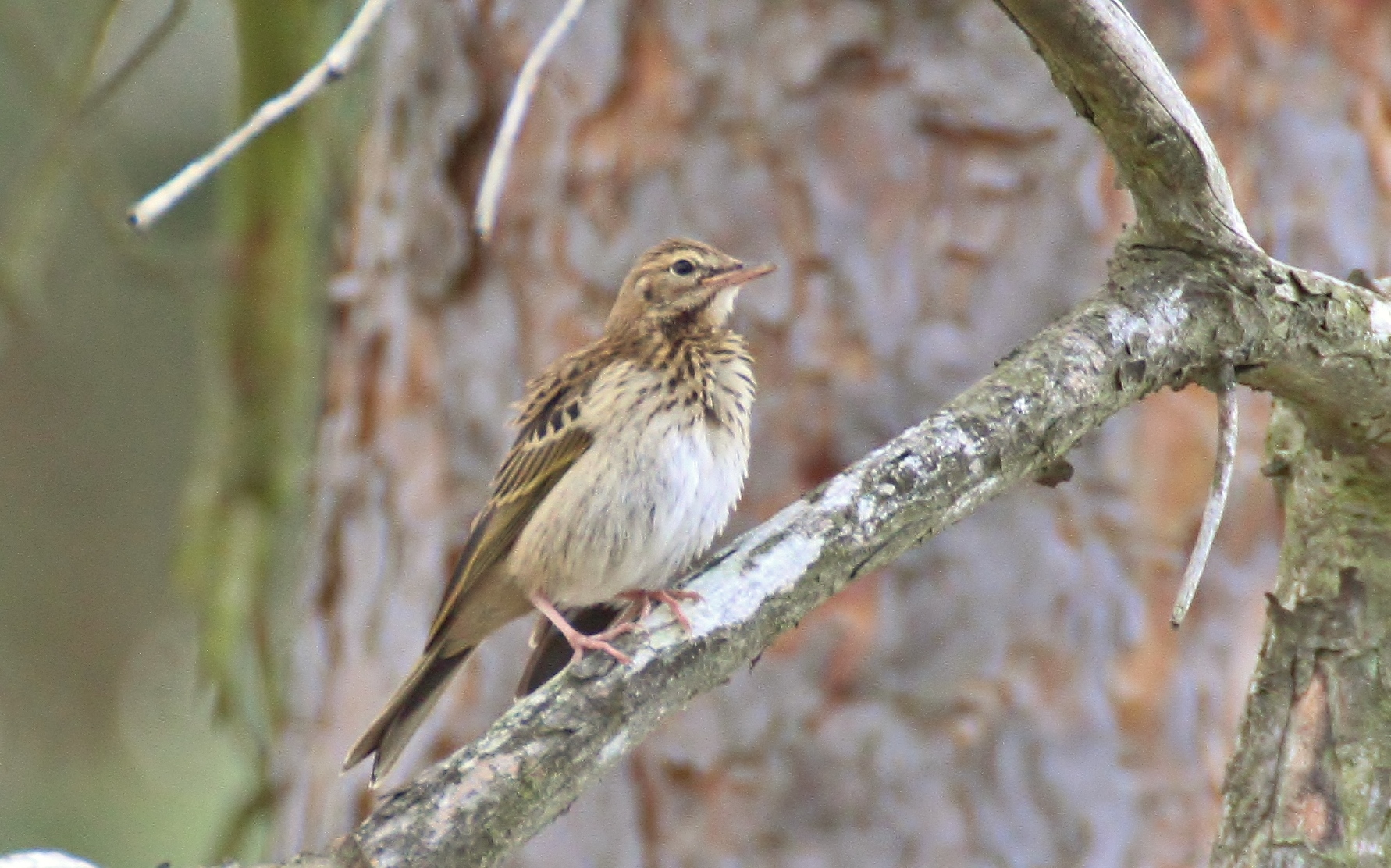
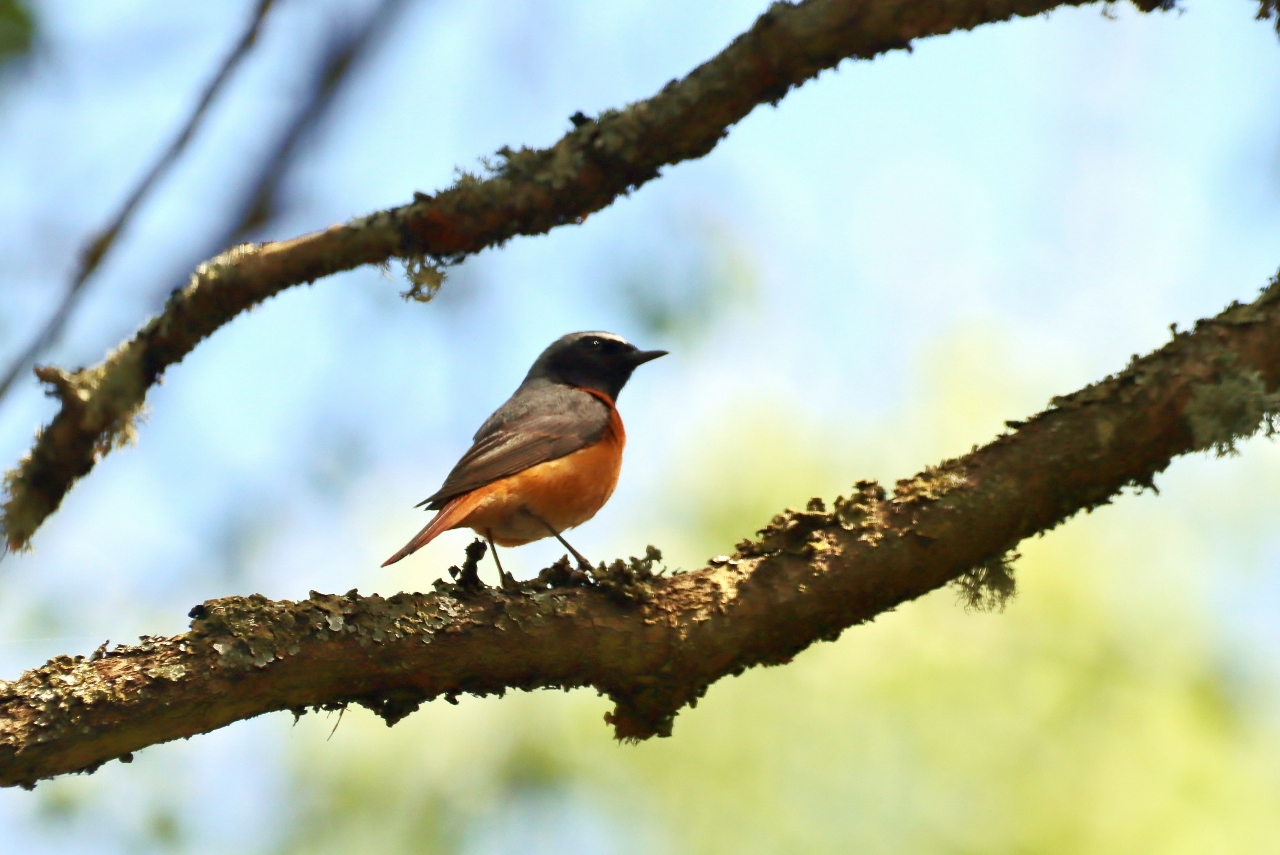
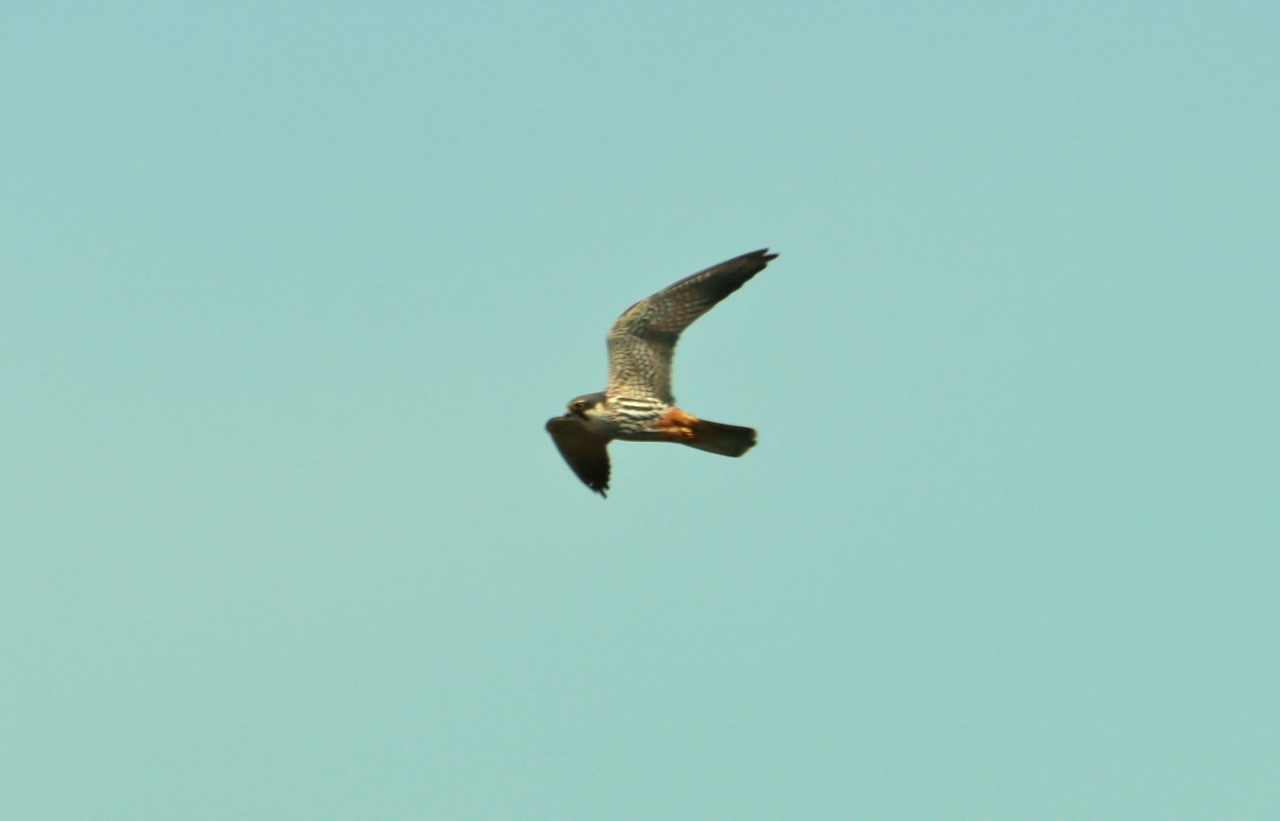

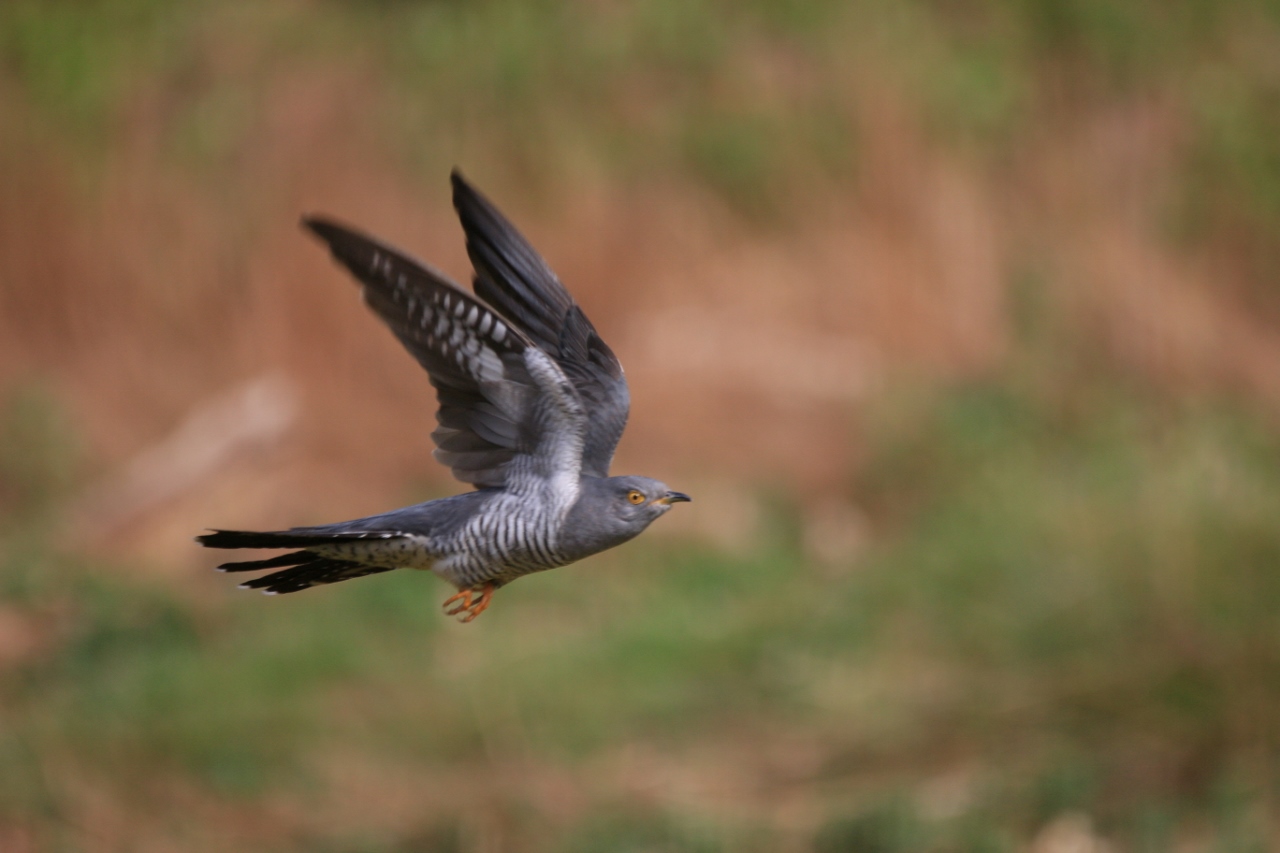
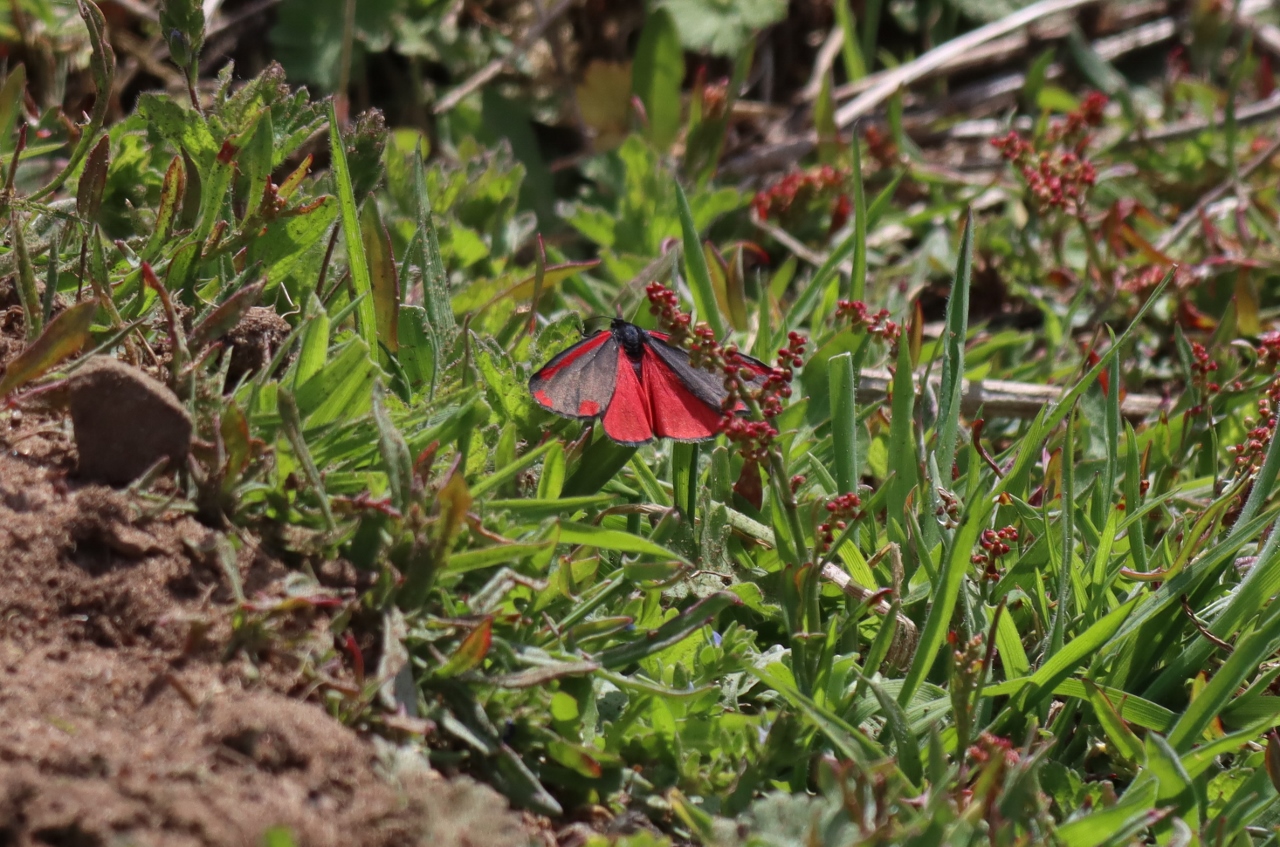
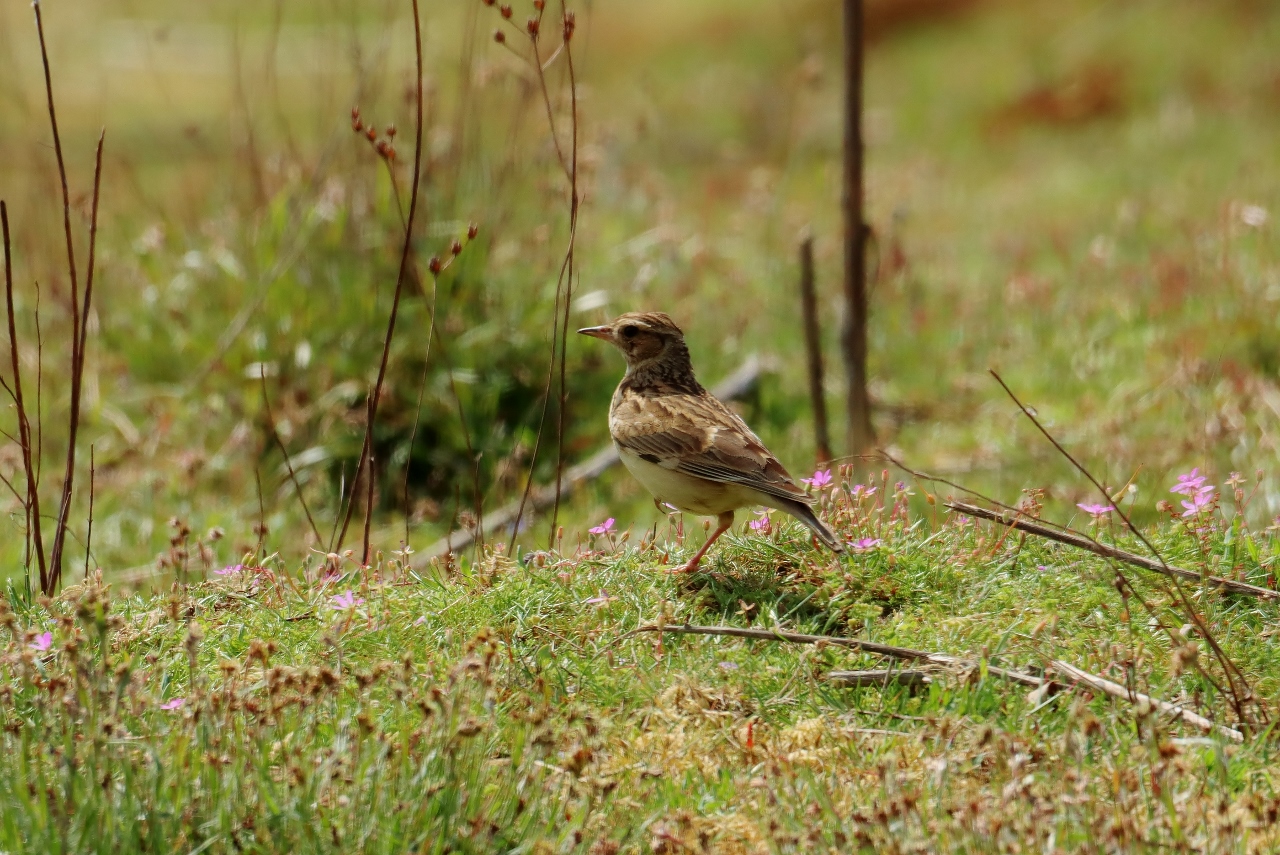
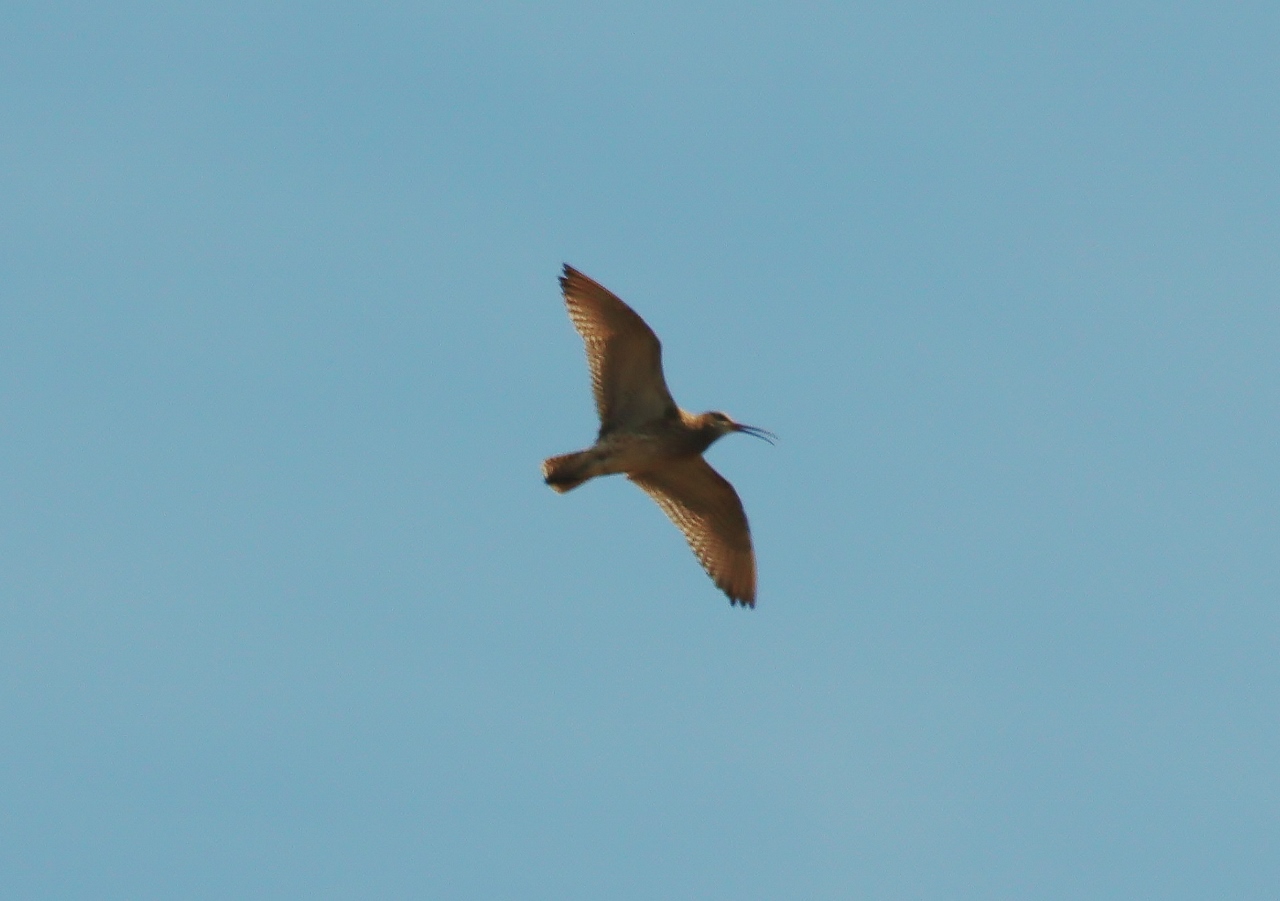
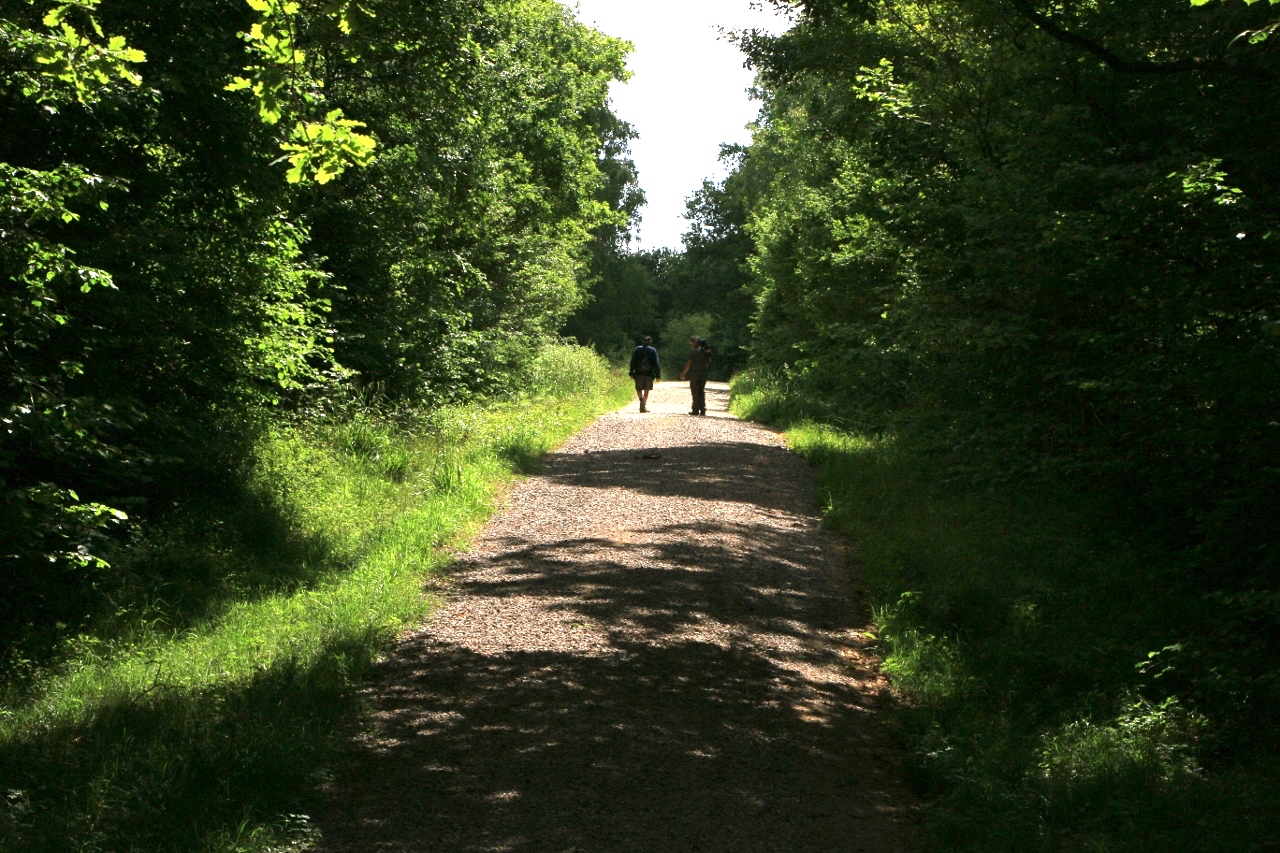
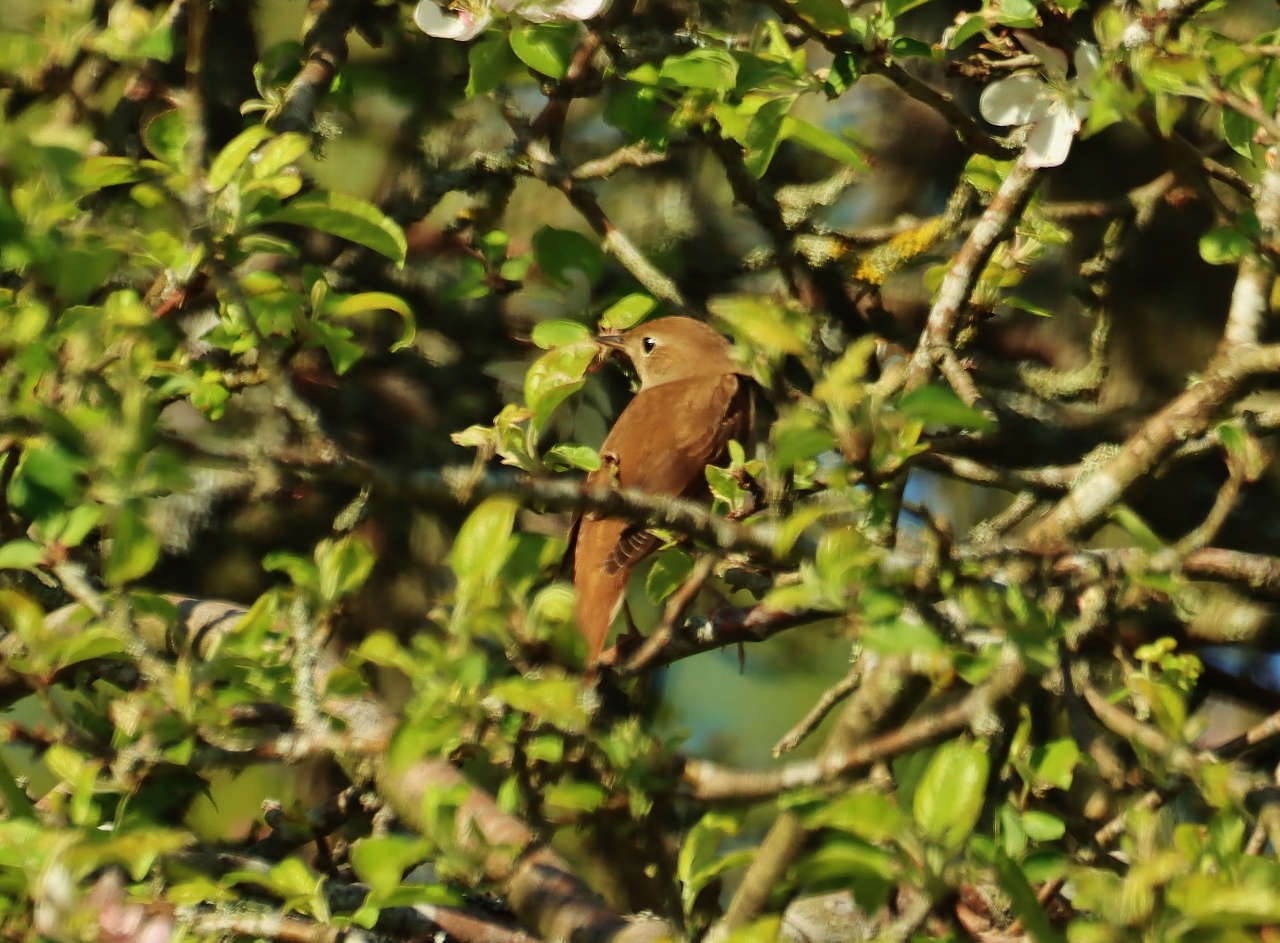
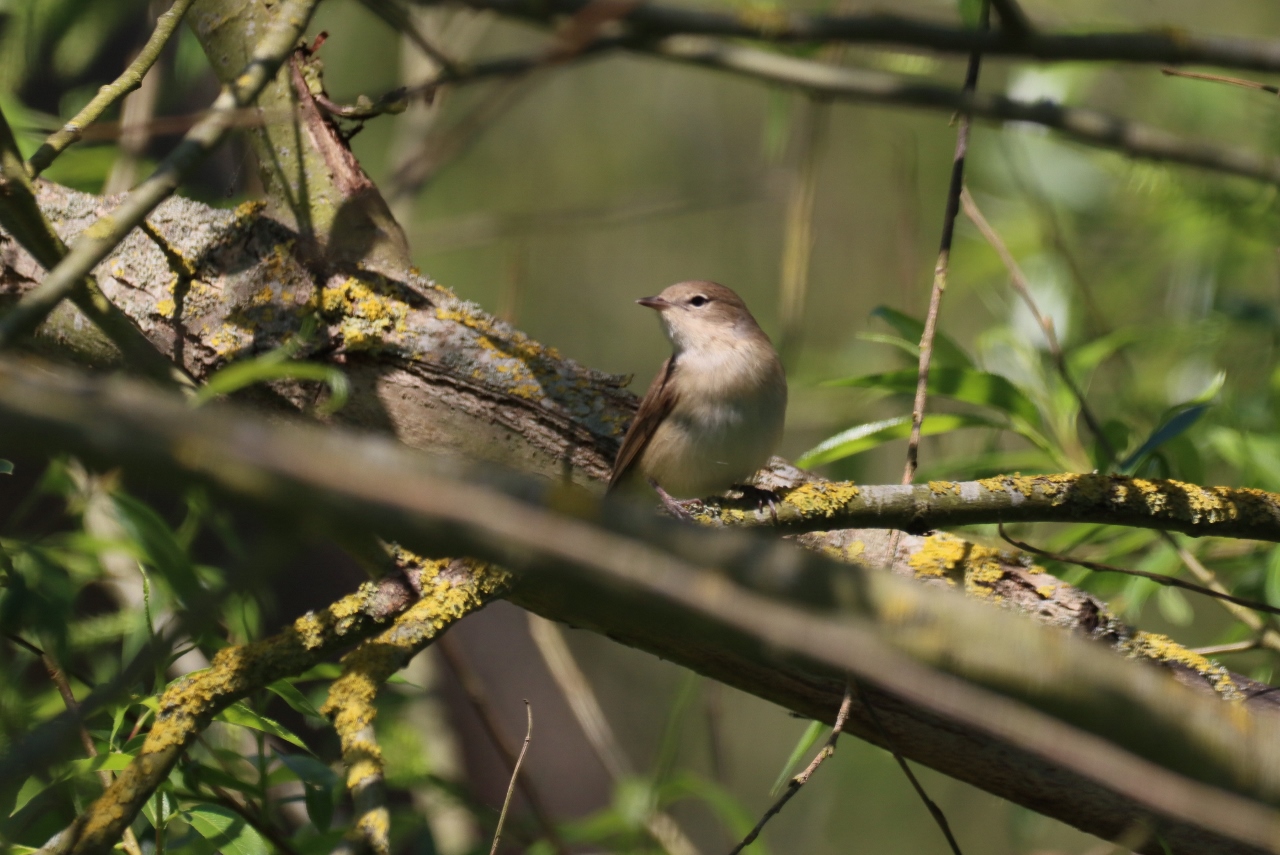
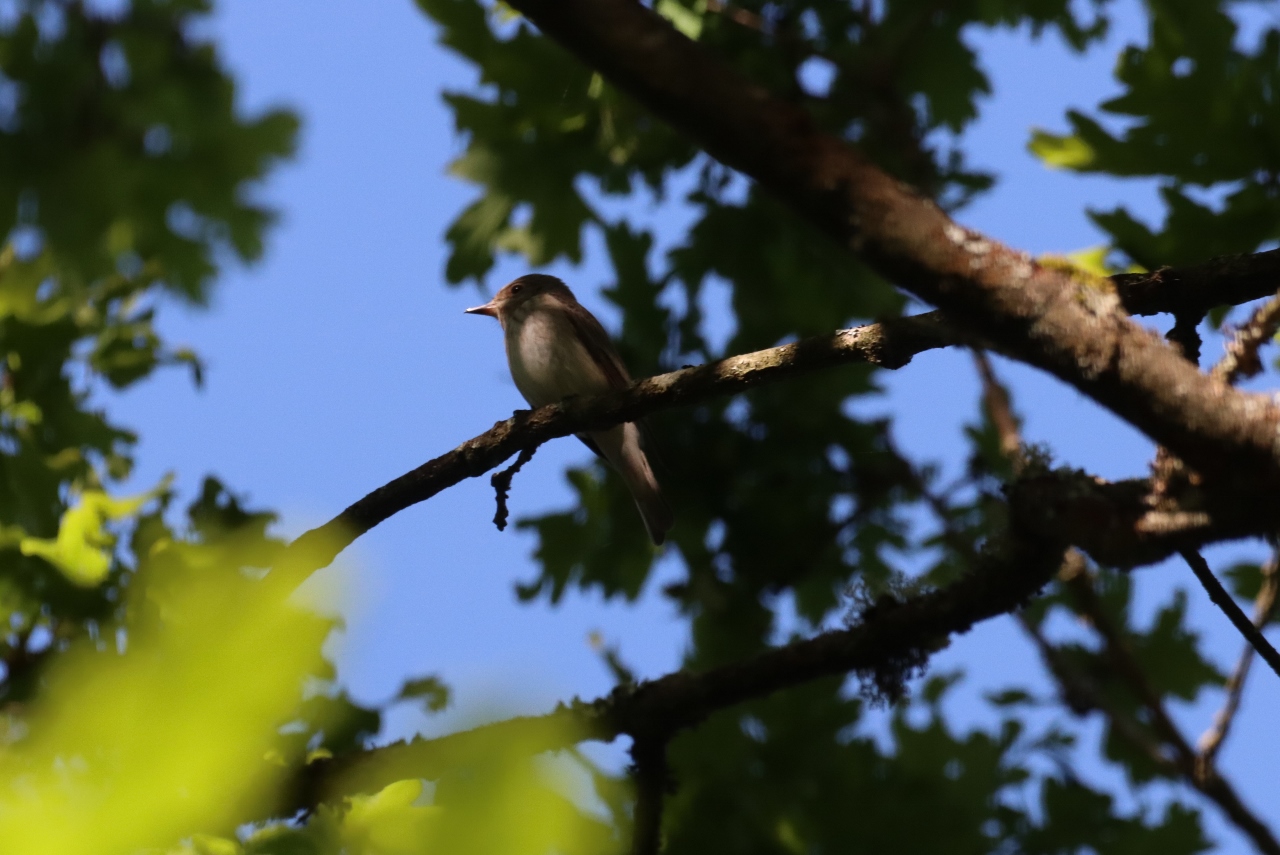
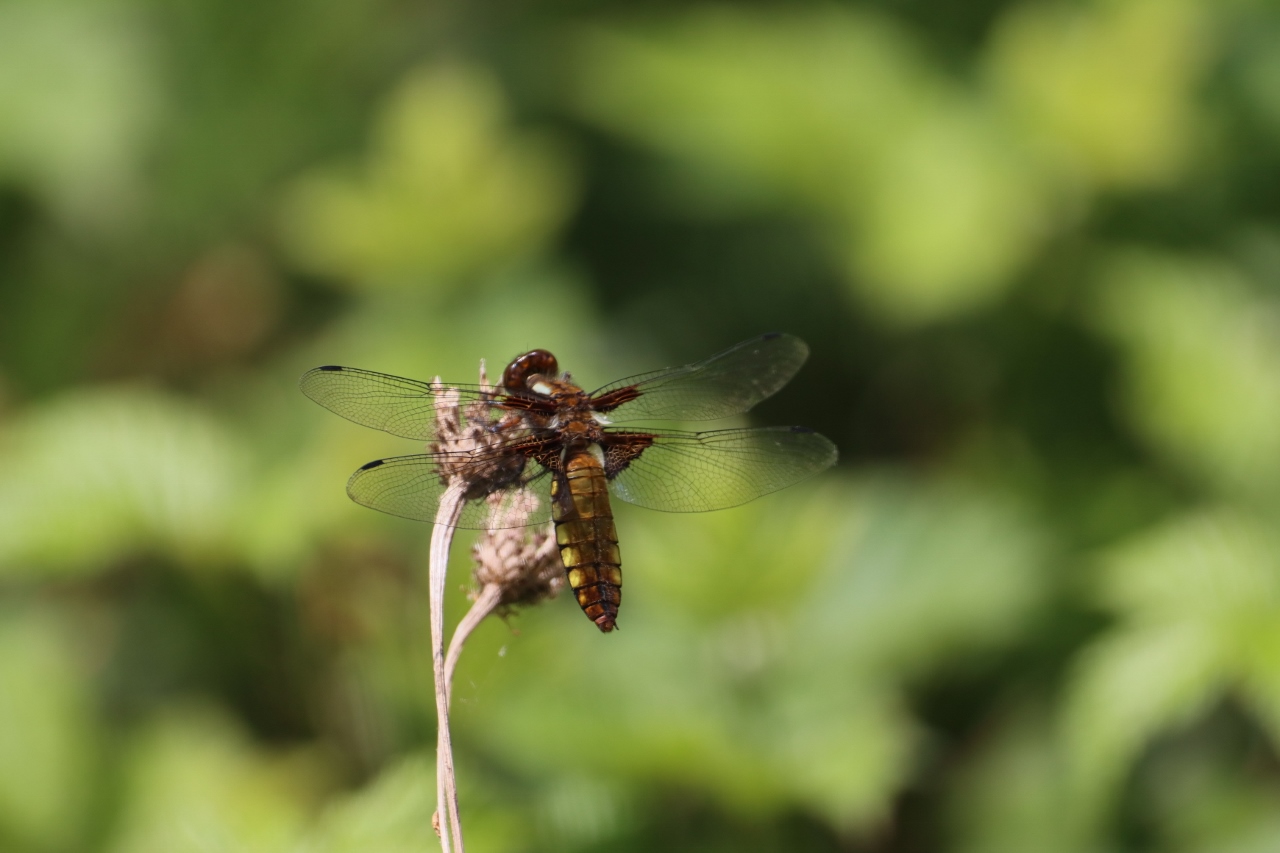
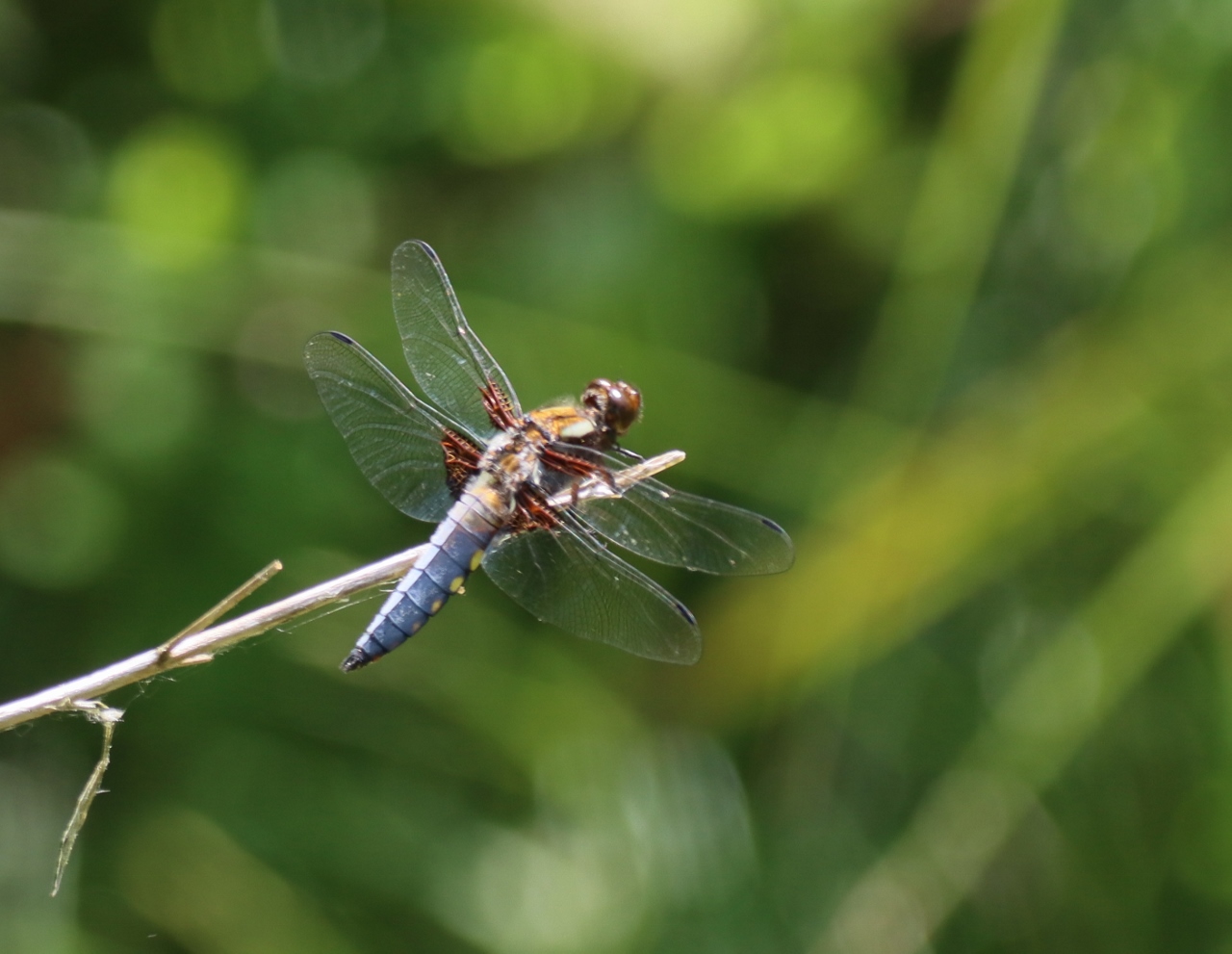
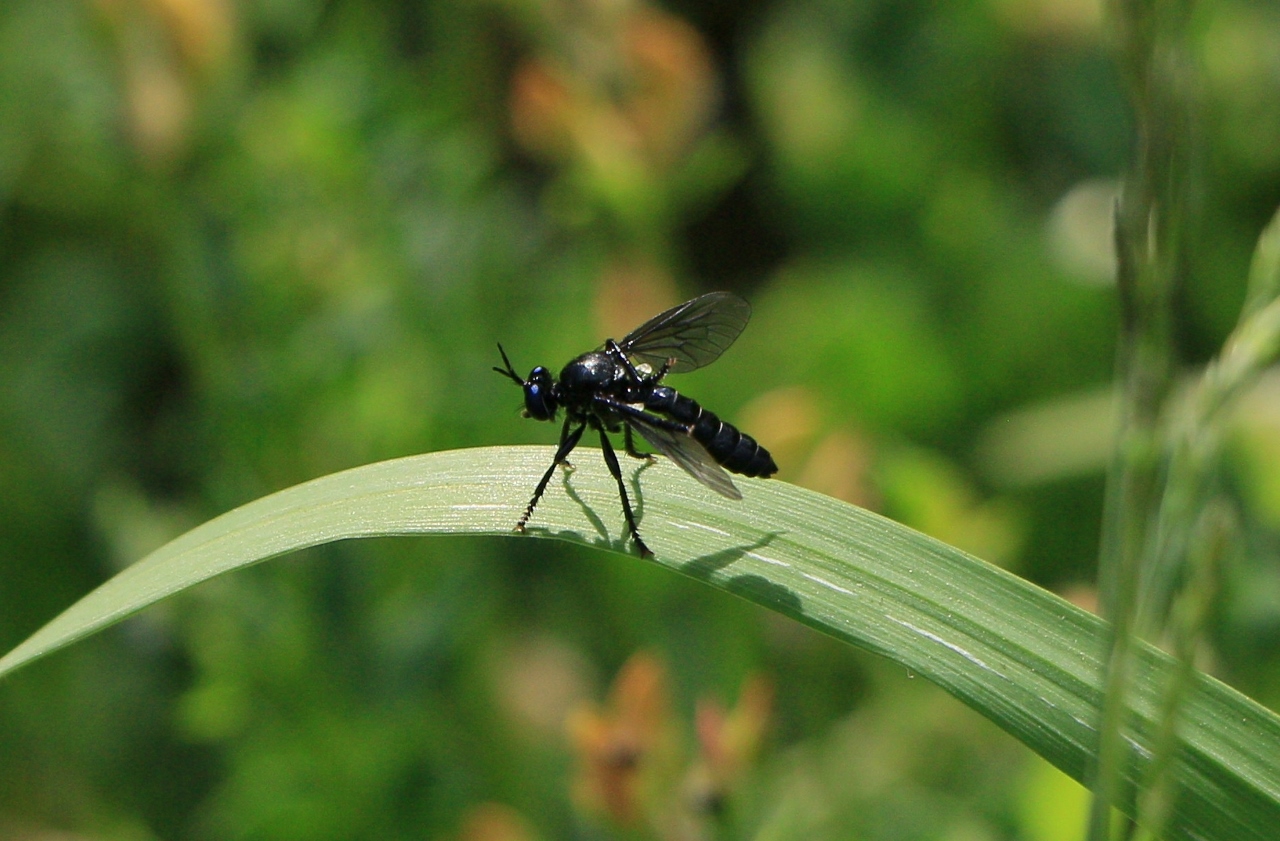
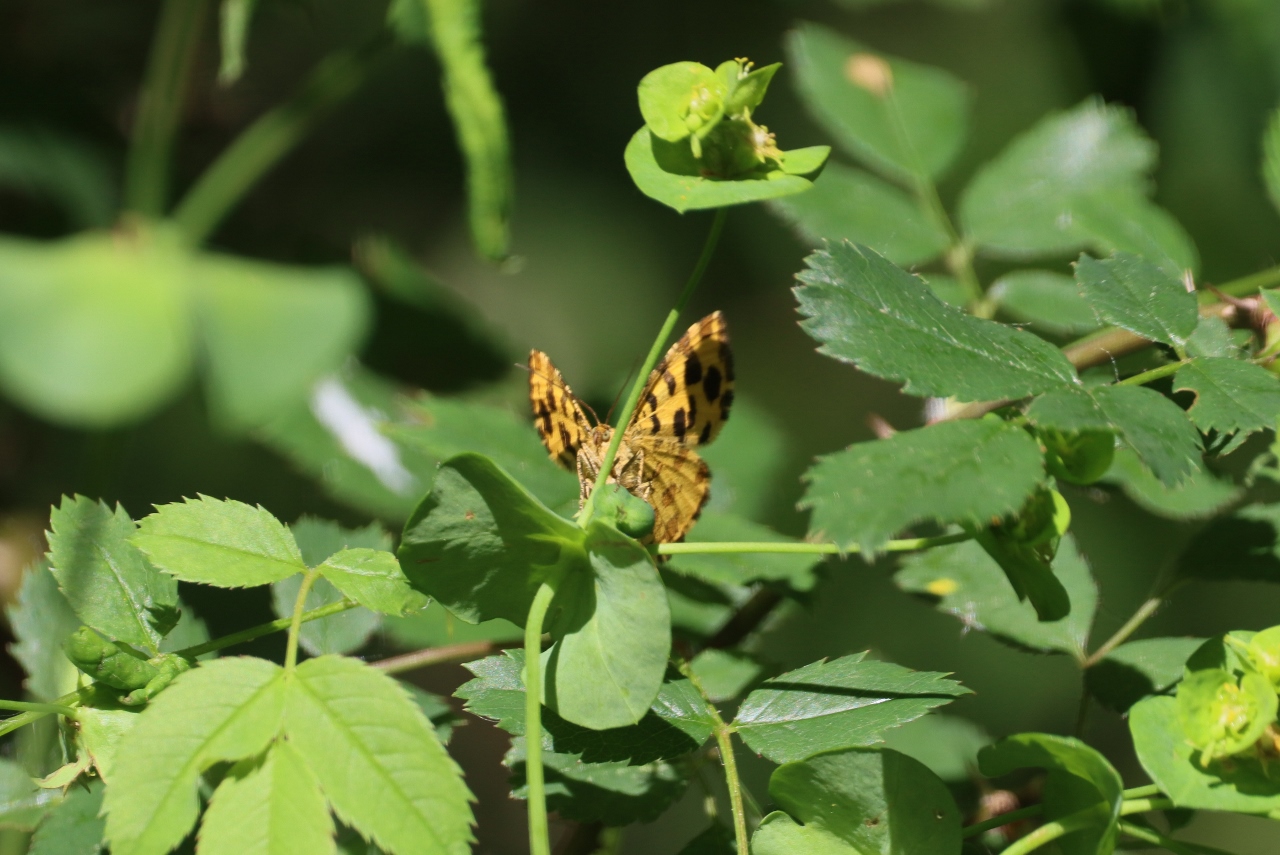
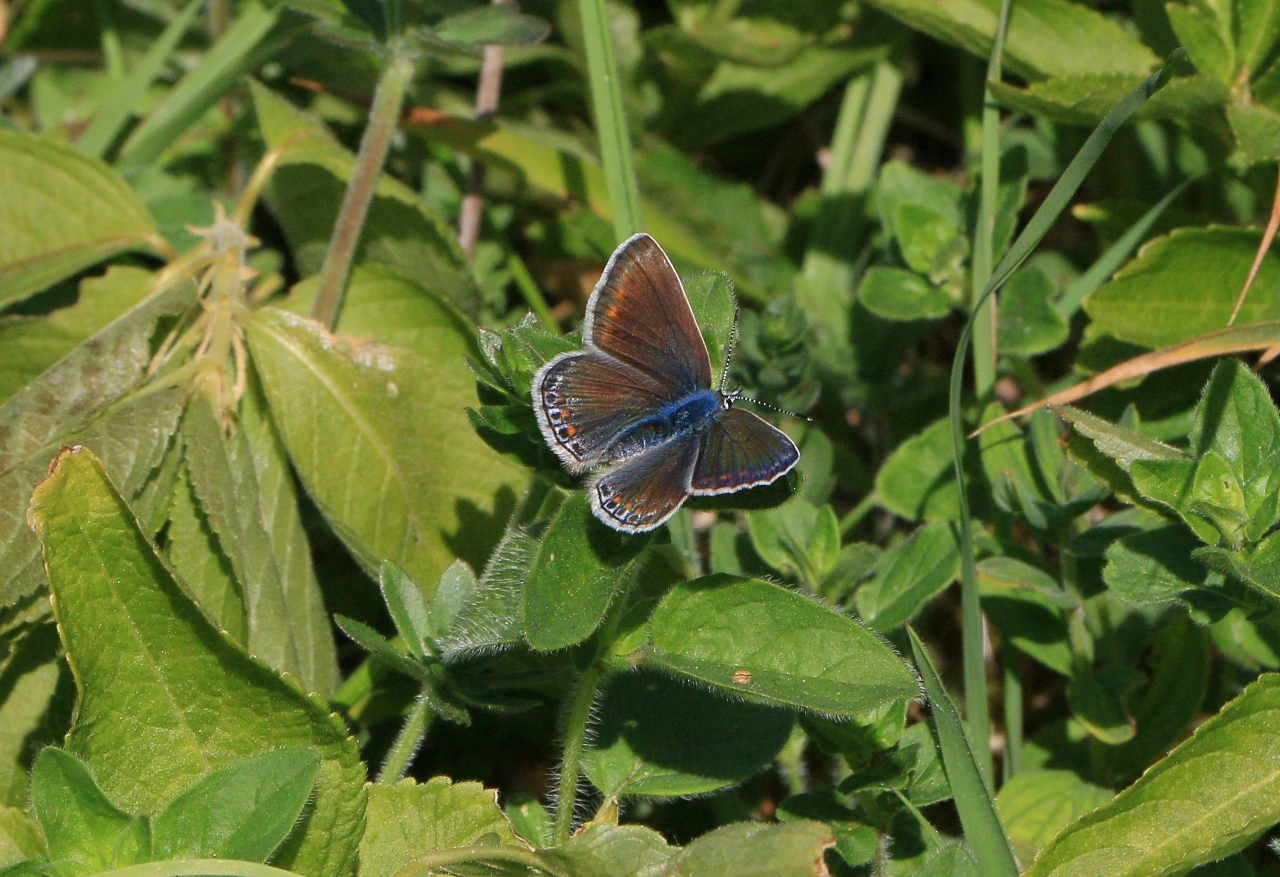
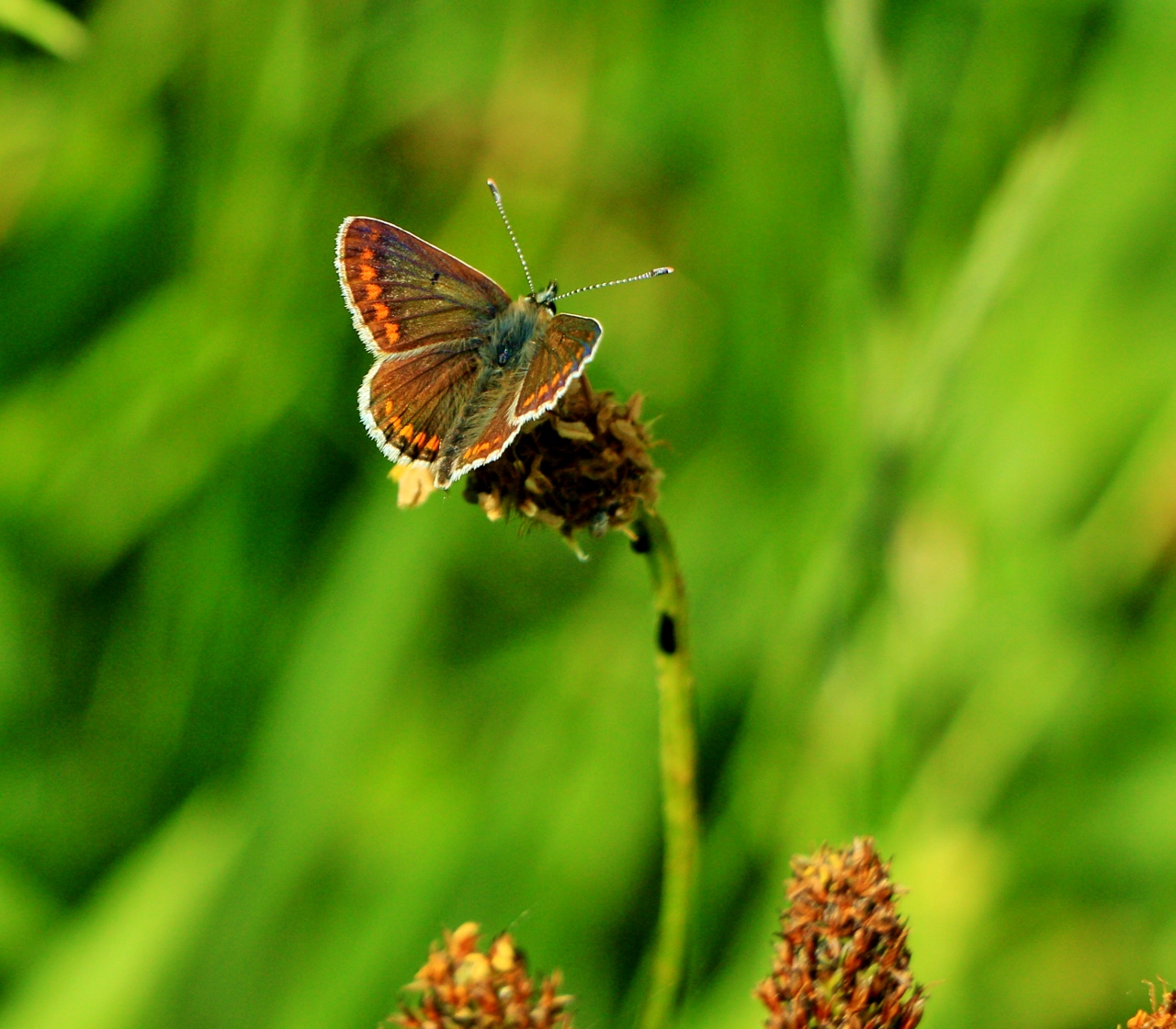
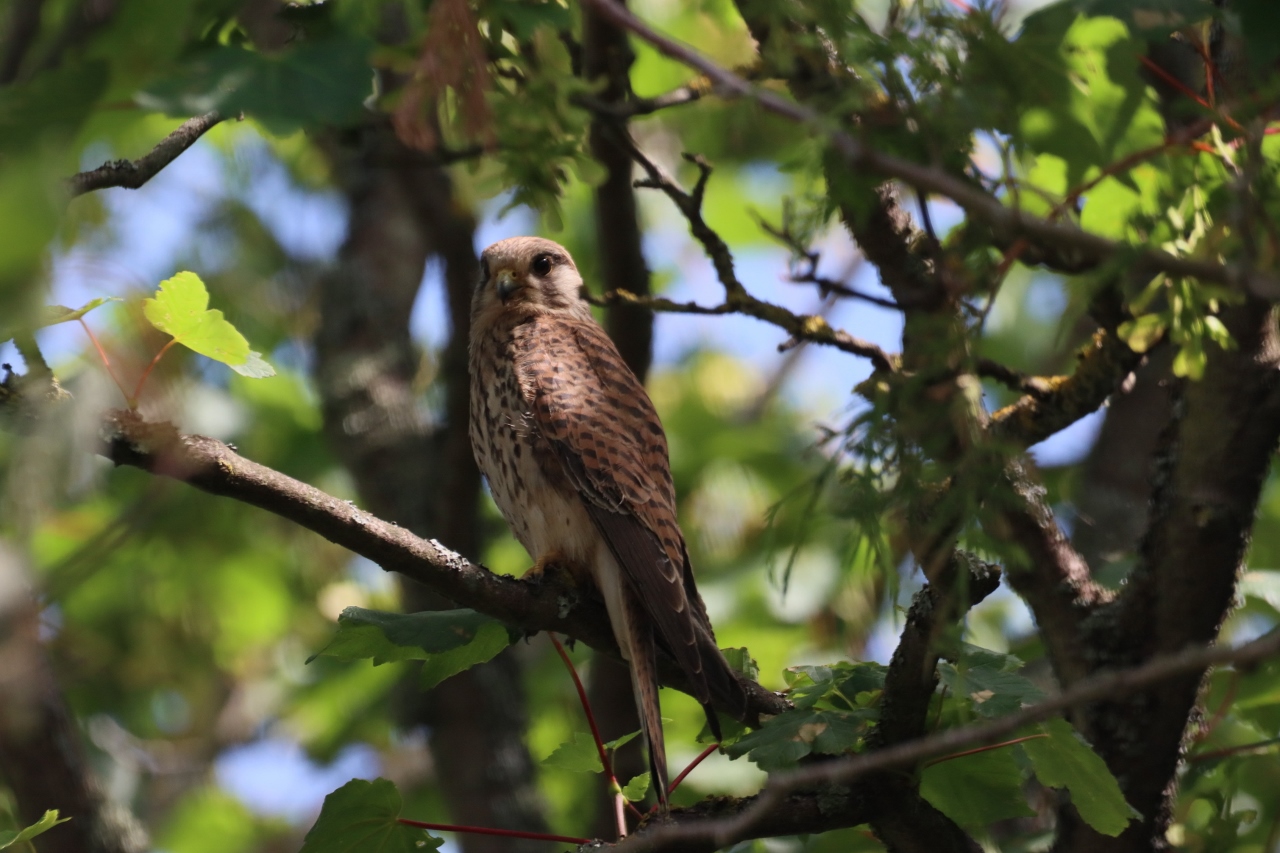
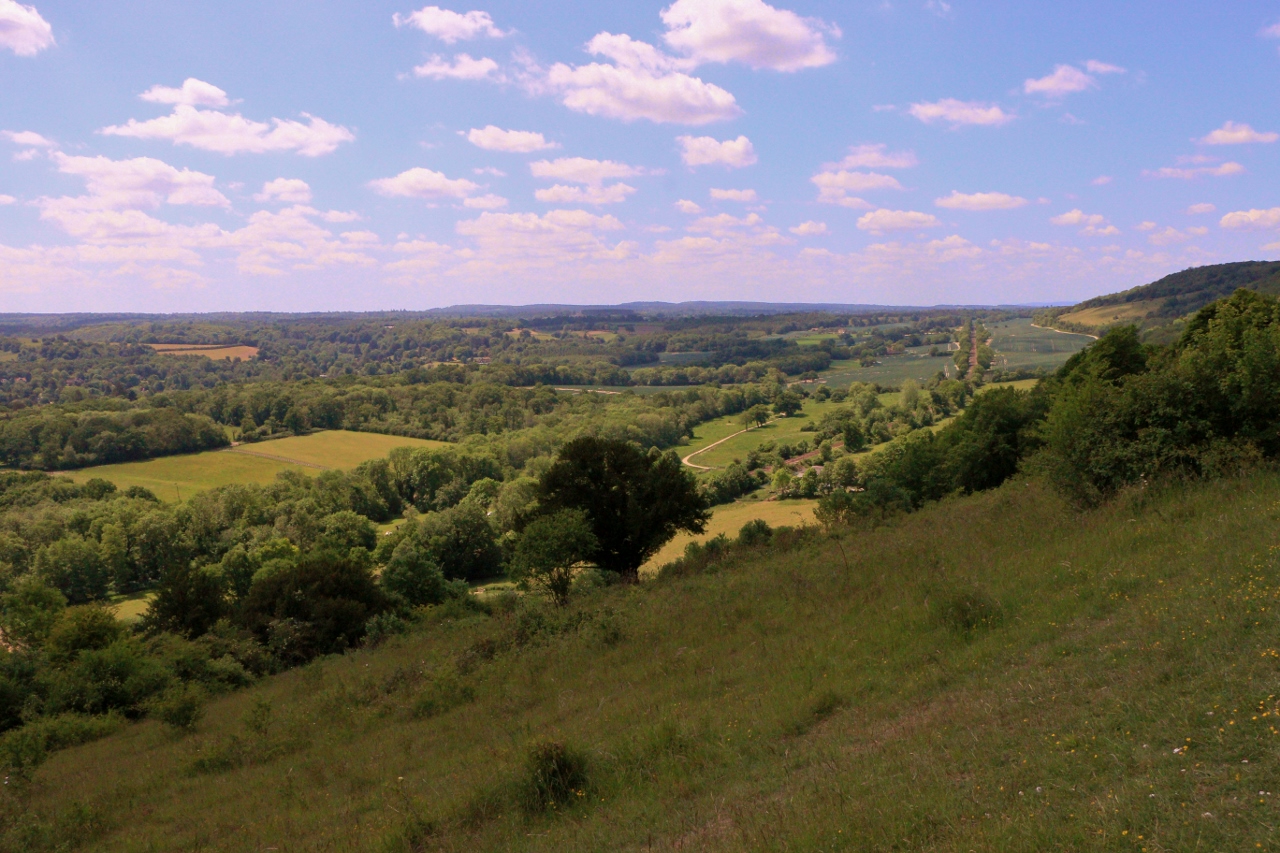

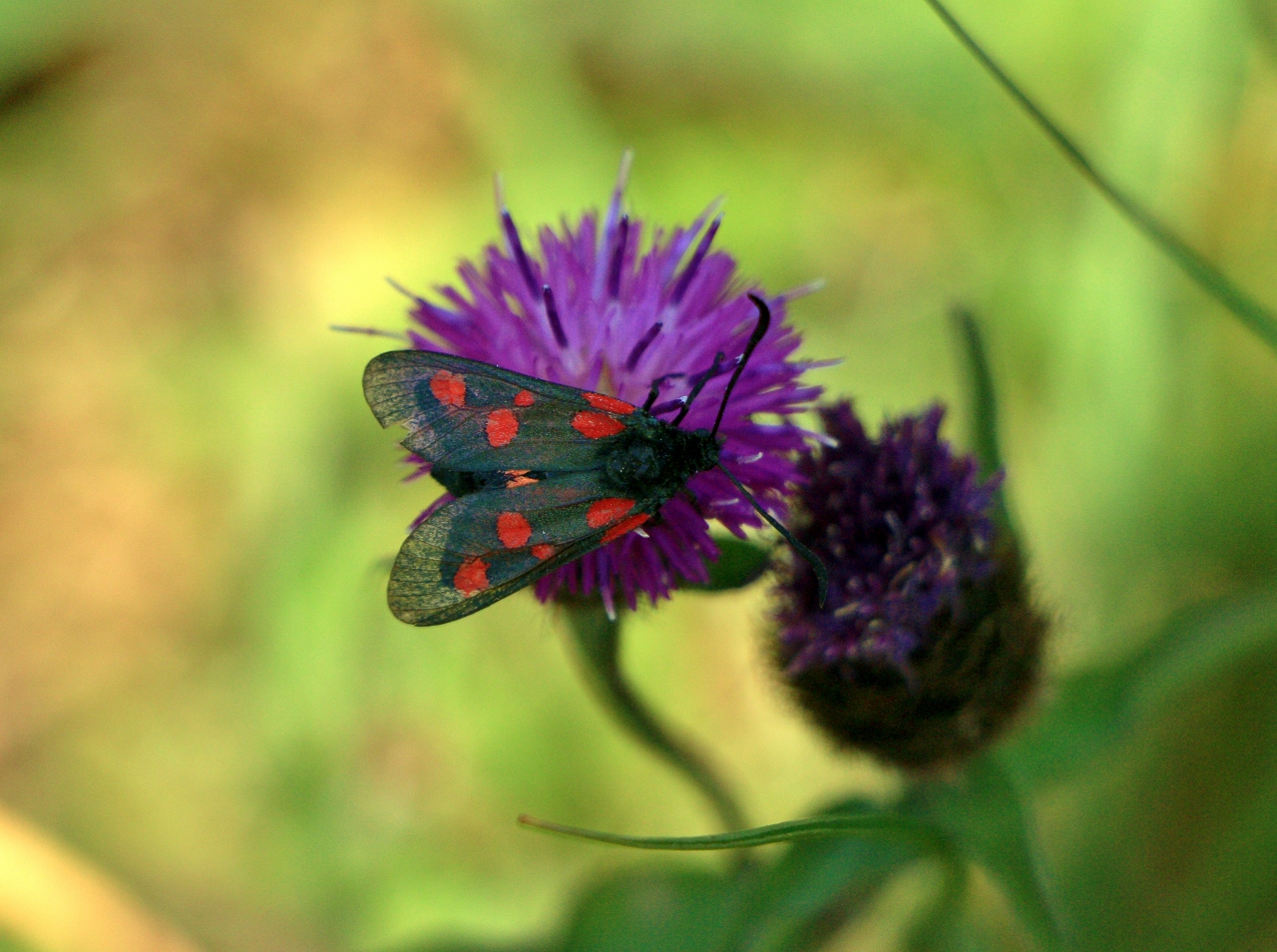
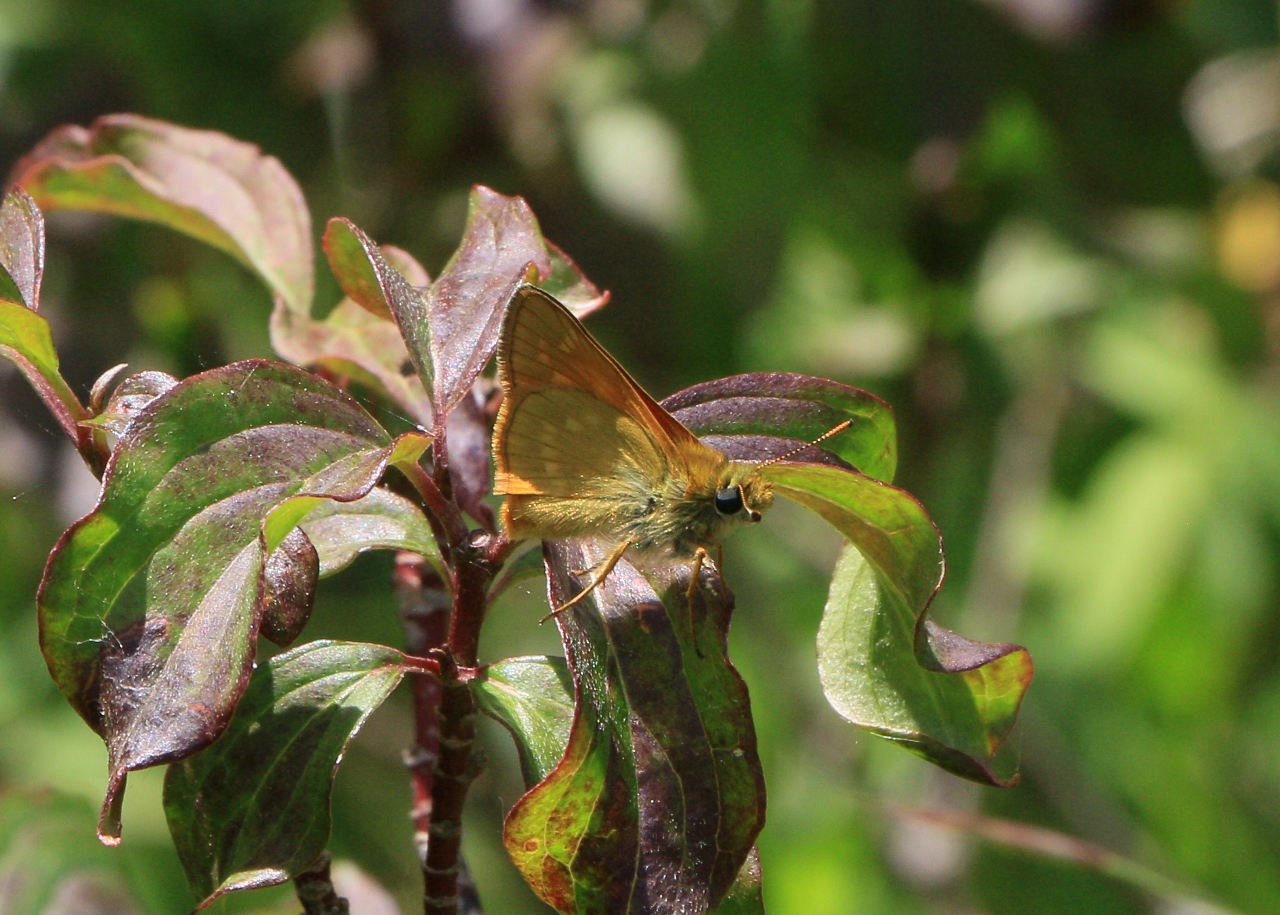

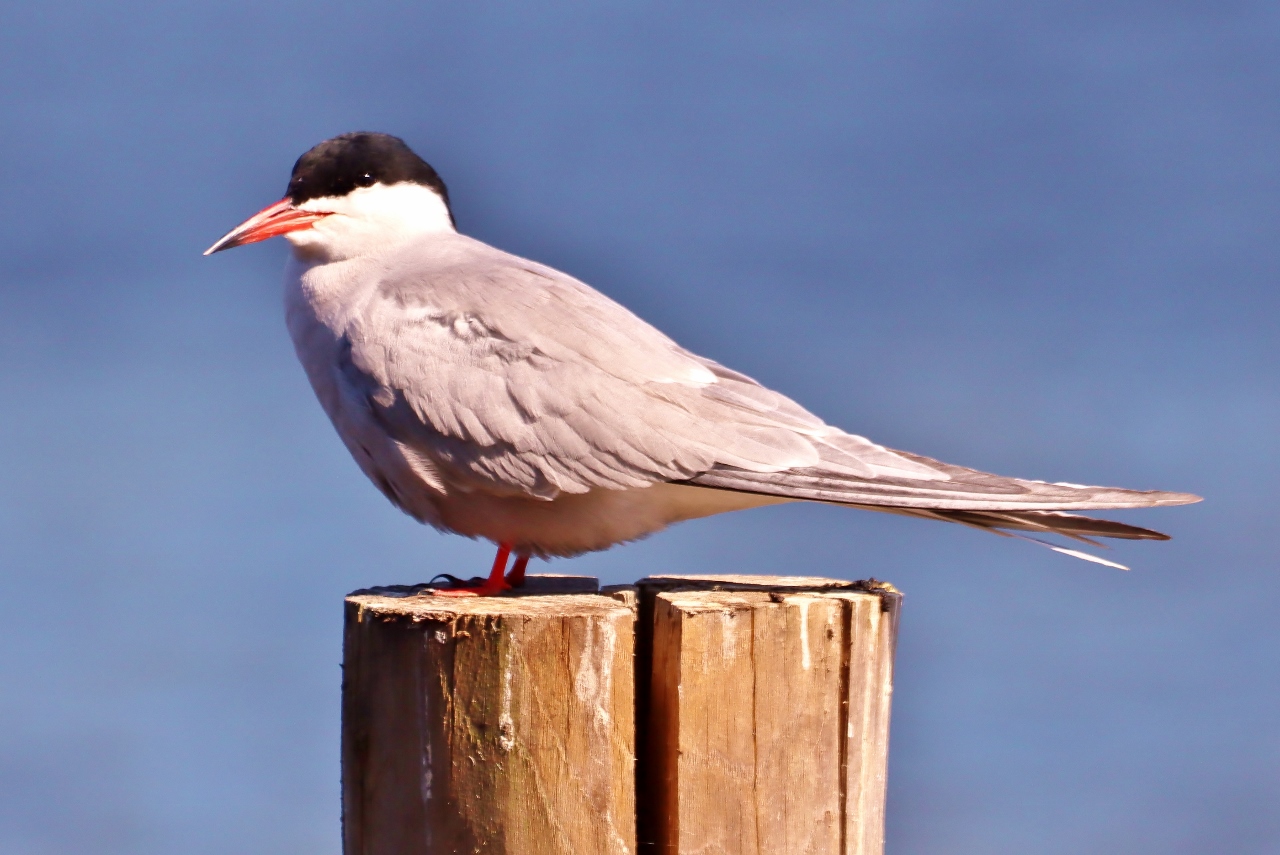
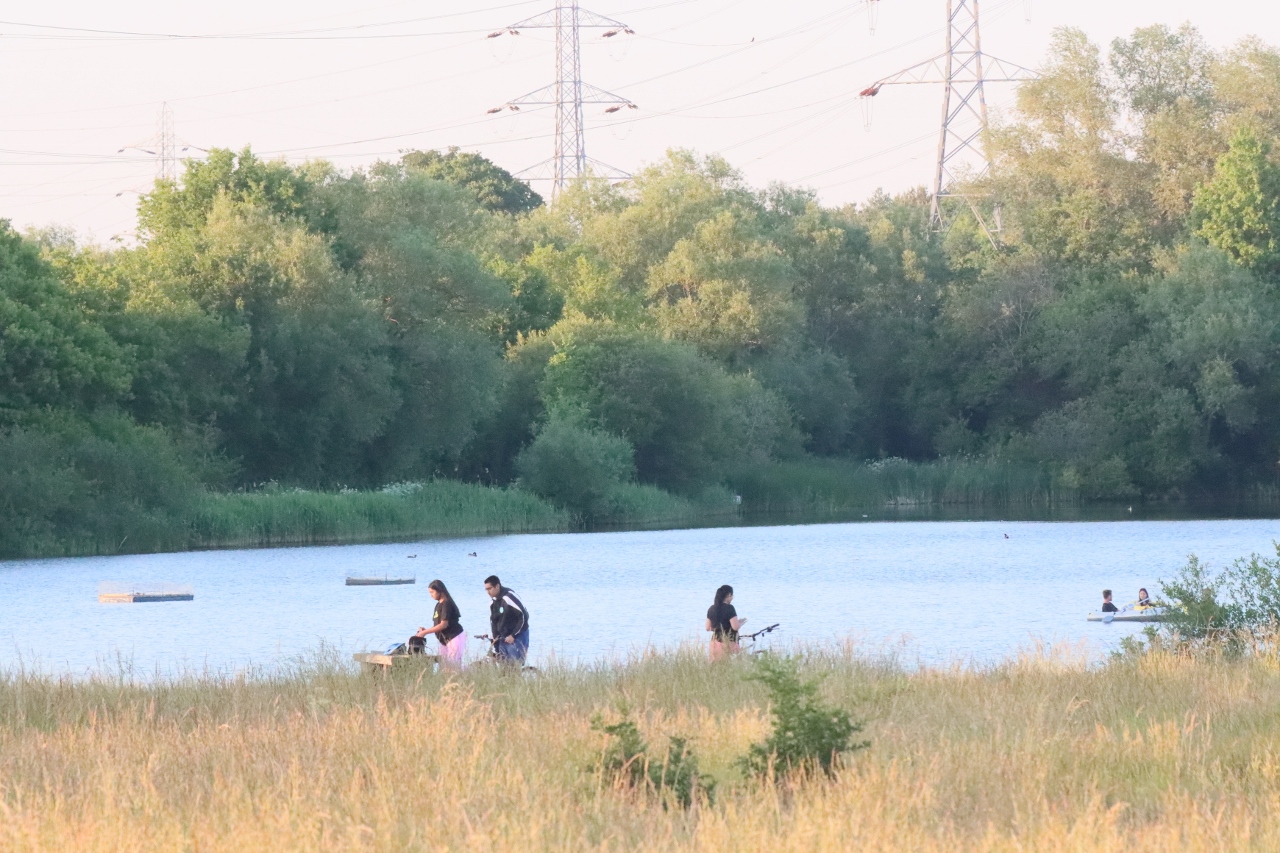


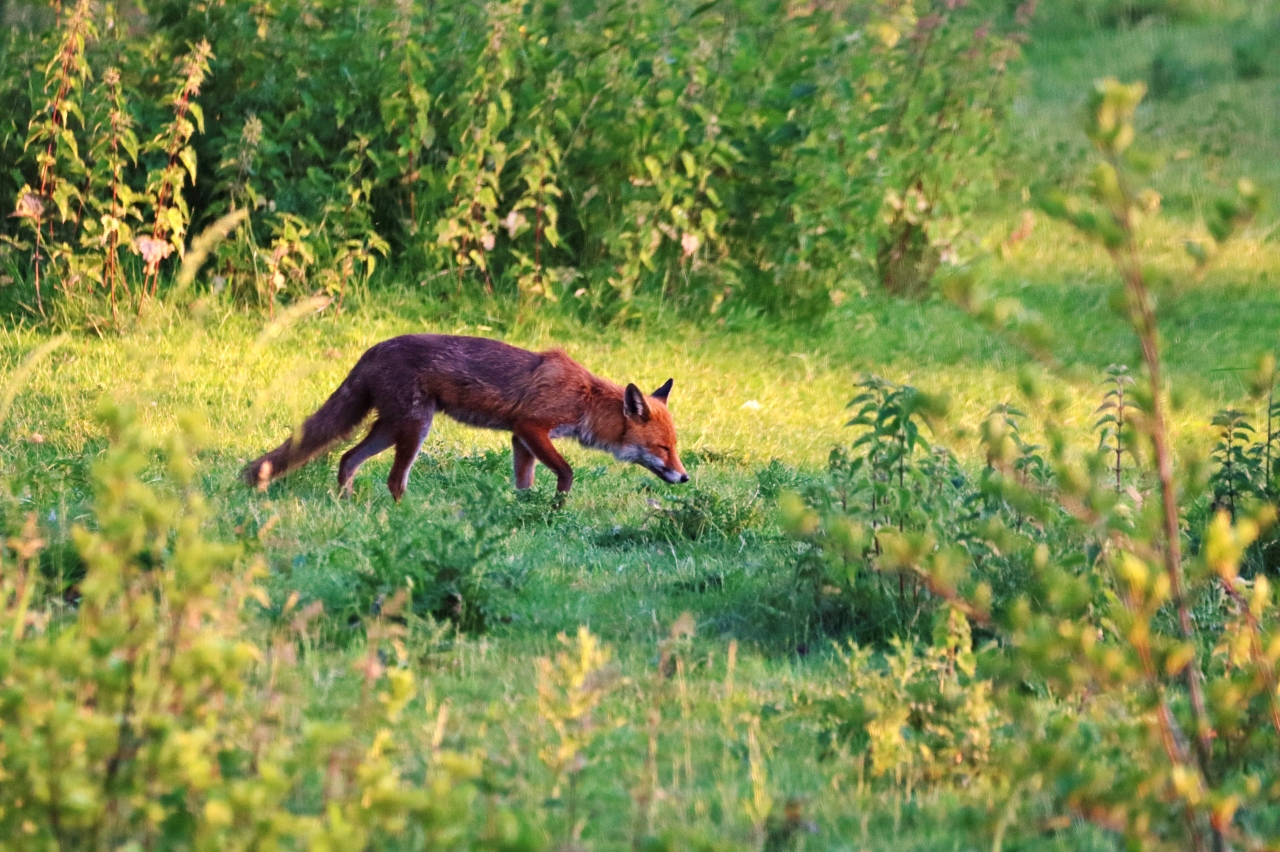
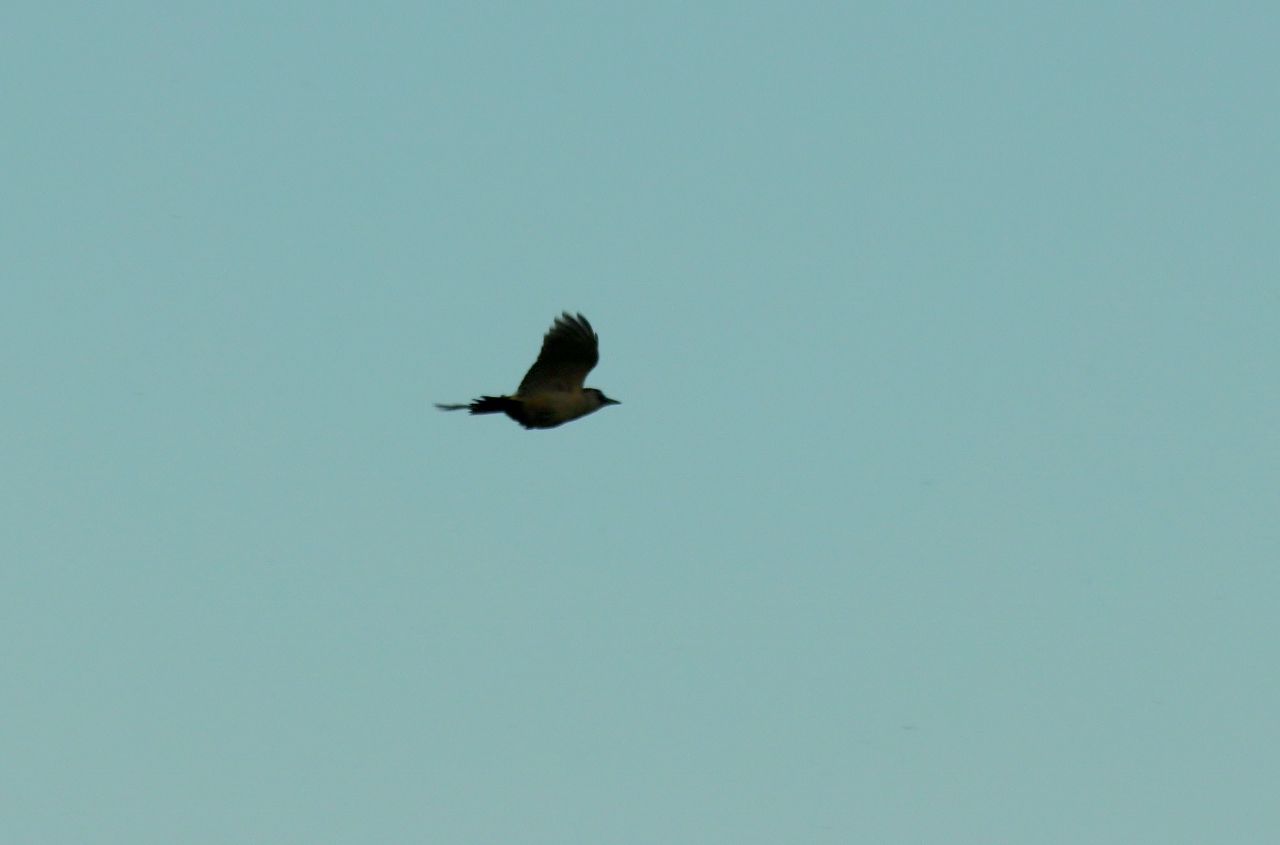
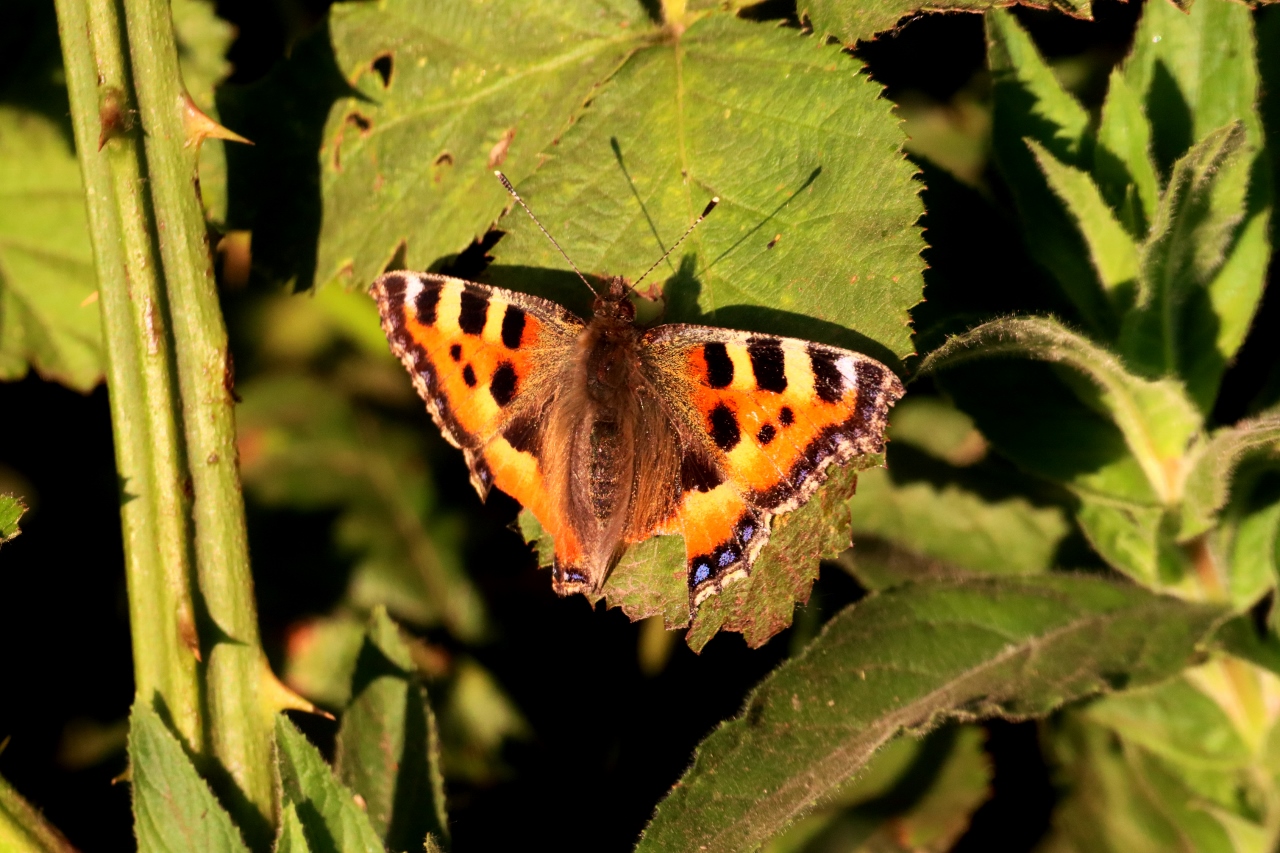
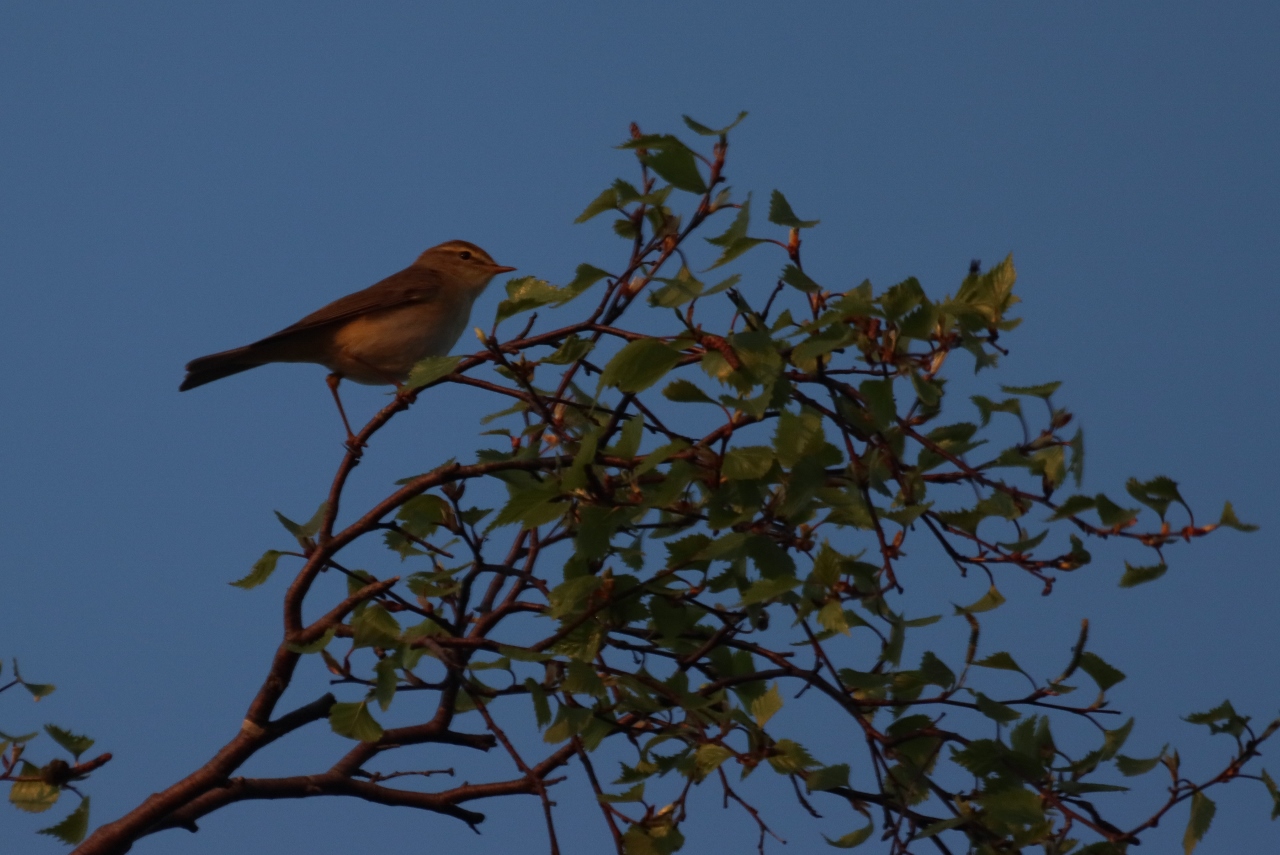
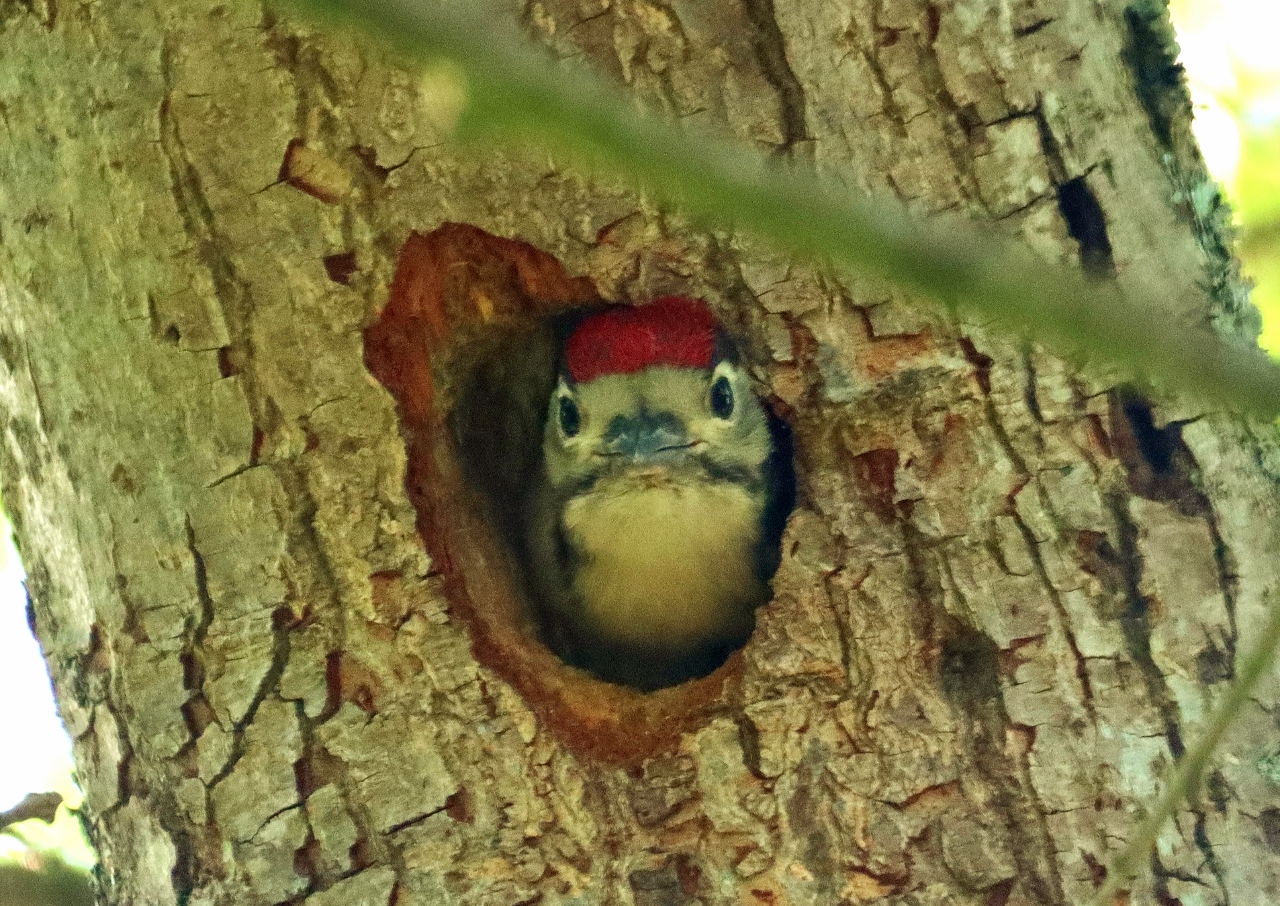


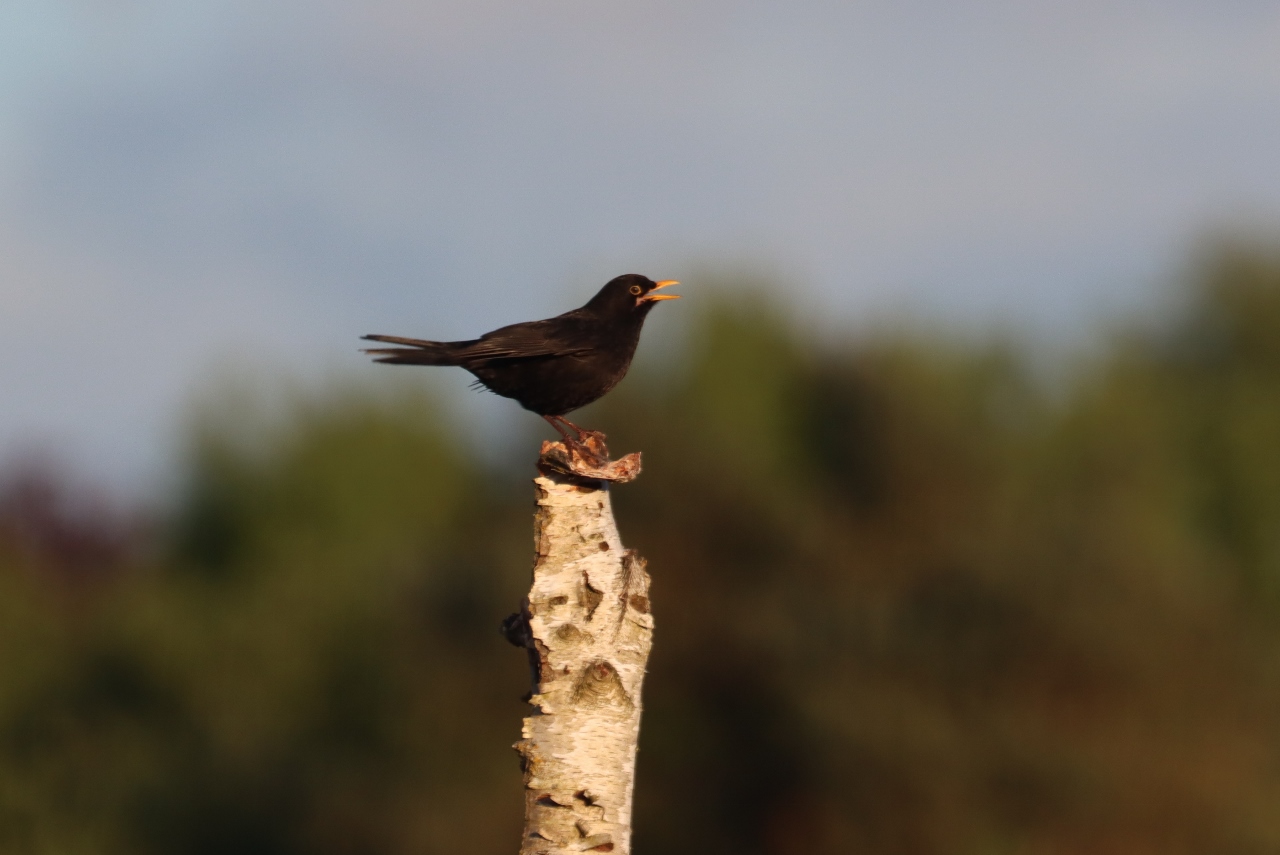


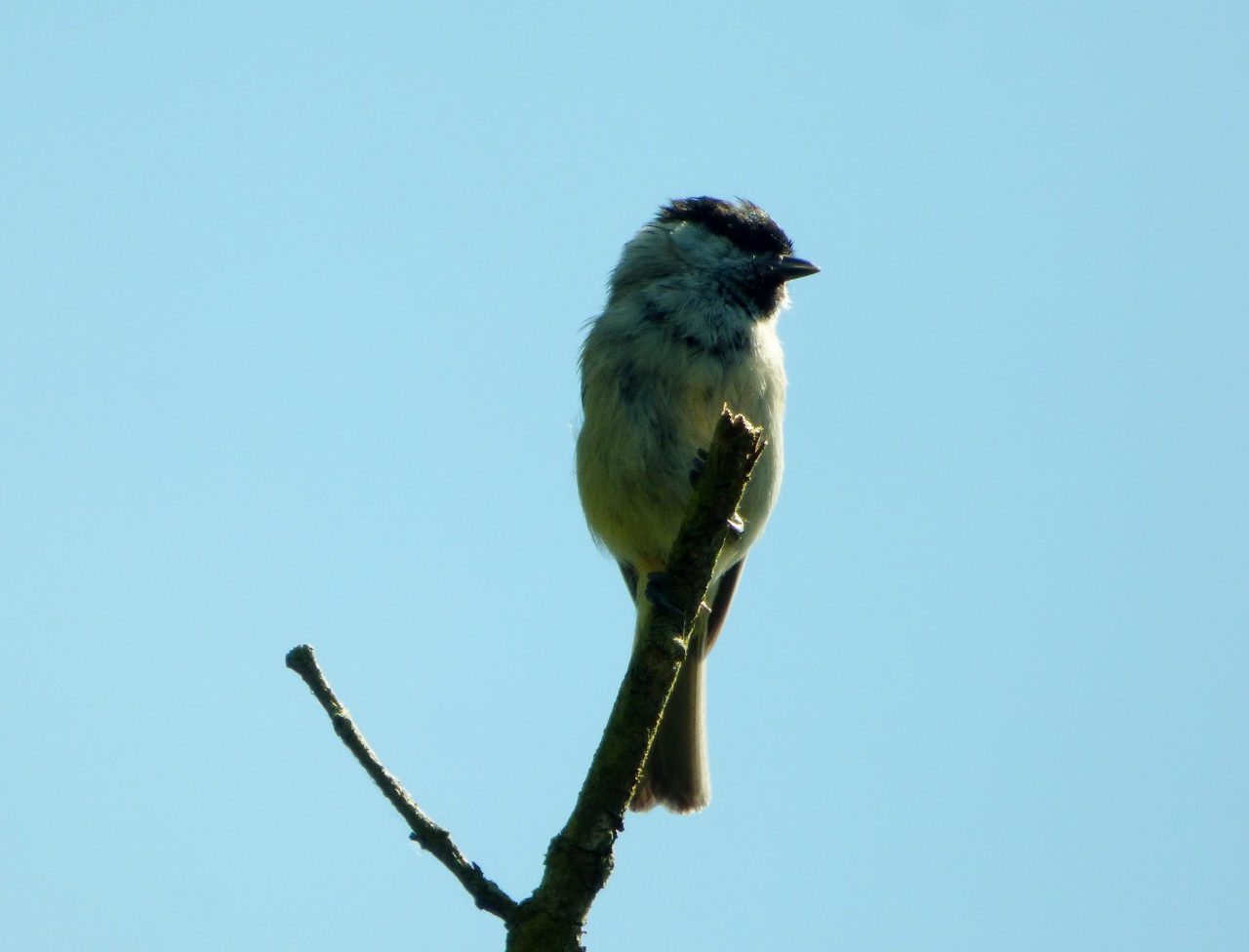
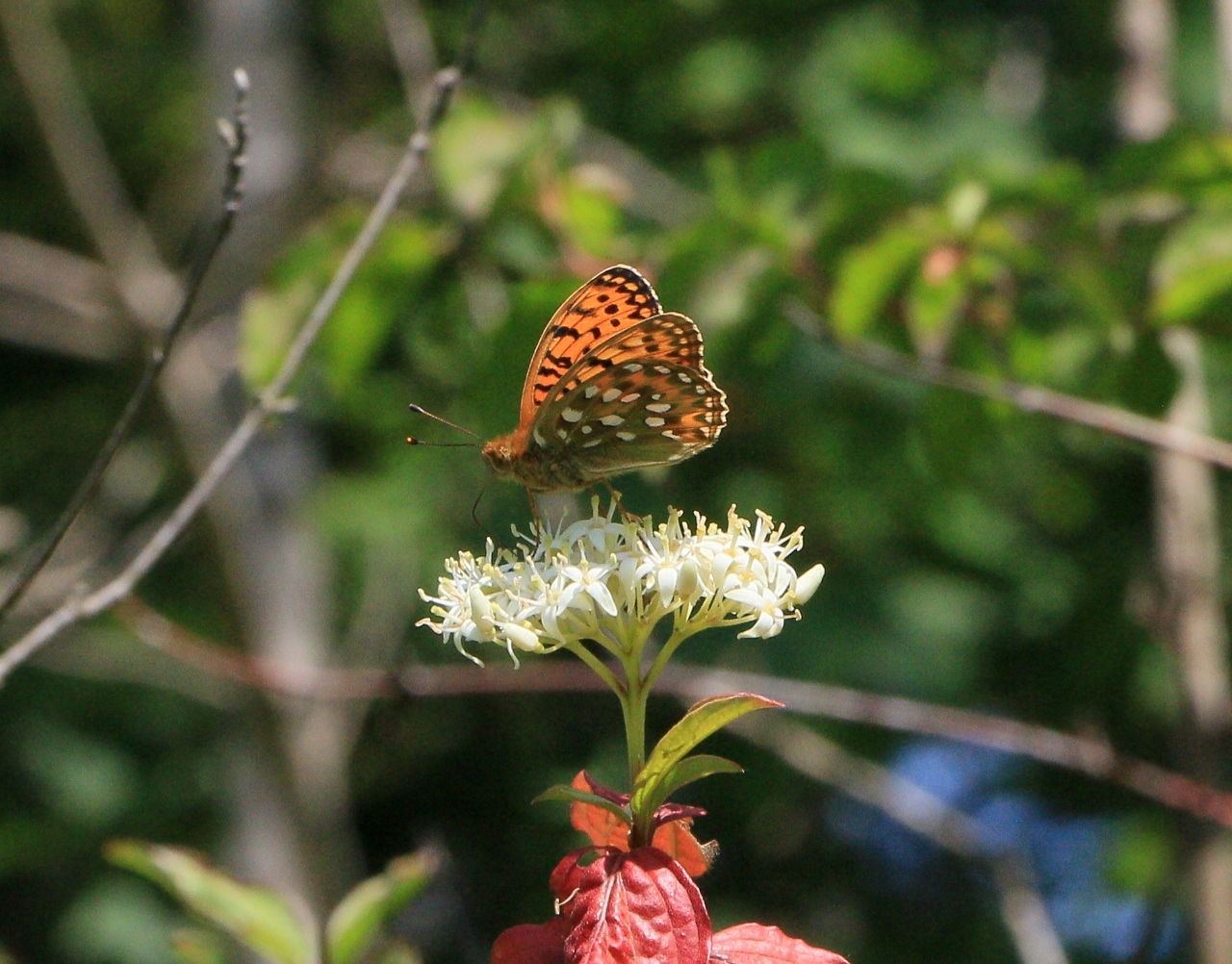
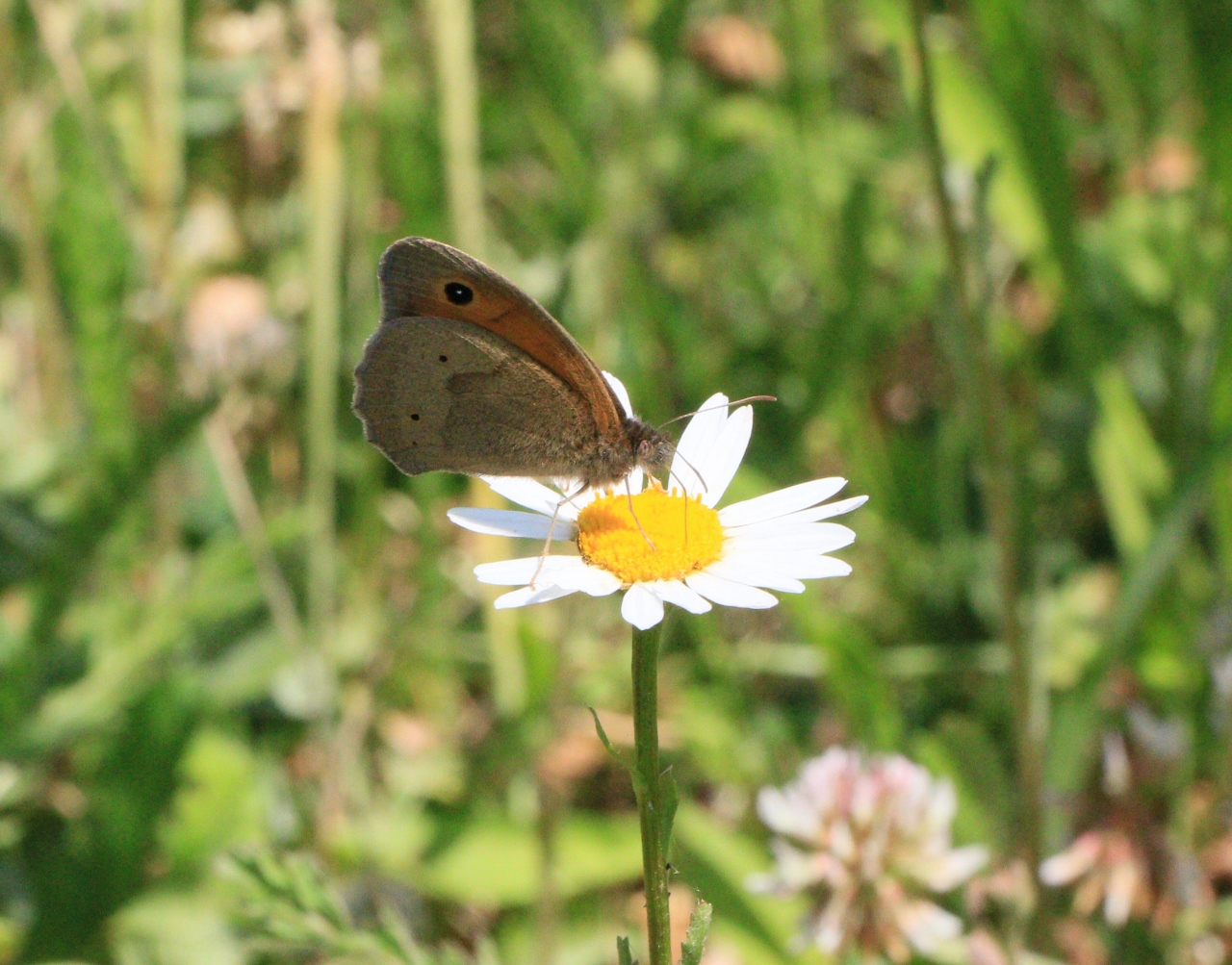
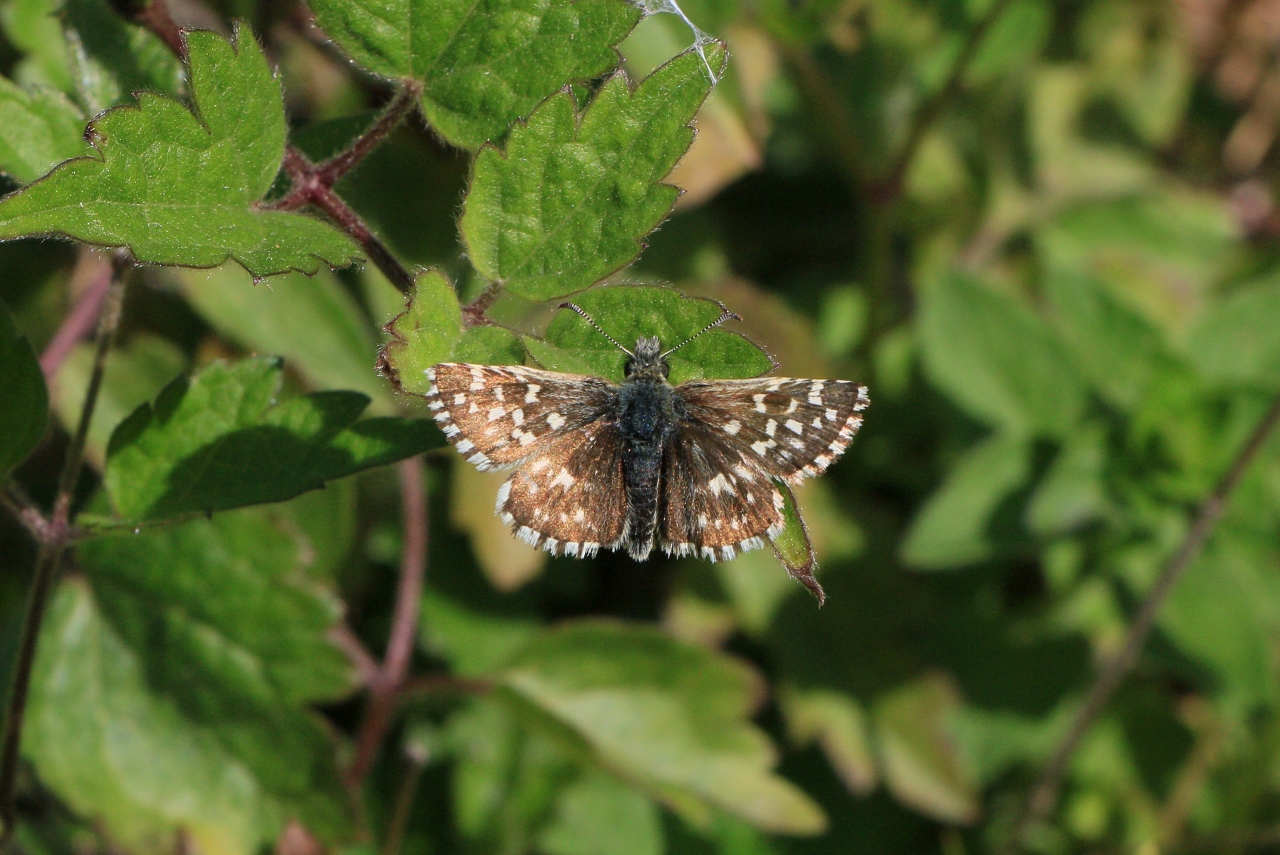






Pearl Catlin
June 11, 2020 at 3:56 pm
Such a lovely post. Thank you so much. I really enjoyed it.
Des O'Byrne
June 11, 2020 at 4:57 pm
Thank you for this delightful and informative post.
Malcolm Fincham clearly has a deep knowledge and love of the natural world. Thanks to him for sharing it.
Gordon Bridger
June 11, 2020 at 6:49 pm
Great photos. Well done and thanks.
Can Malcolm Fincham tell us how birds are counted and when they nest in heaths and on the ground?
Annelize Kidd
June 12, 2020 at 5:03 pm
Thank you Malcolm, such beautiful photographs, and love the chat too. Great to recognize places where we love to walk.